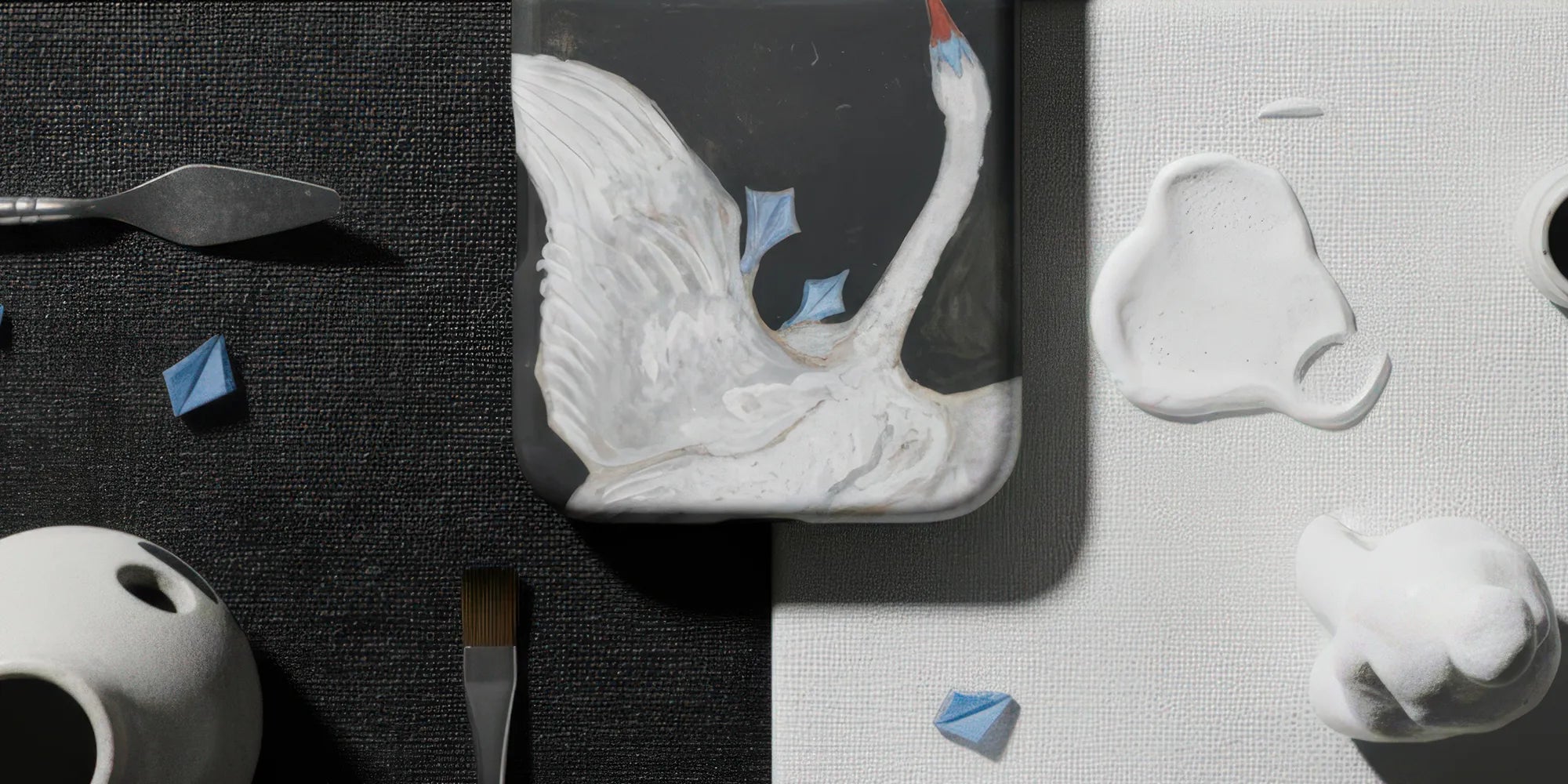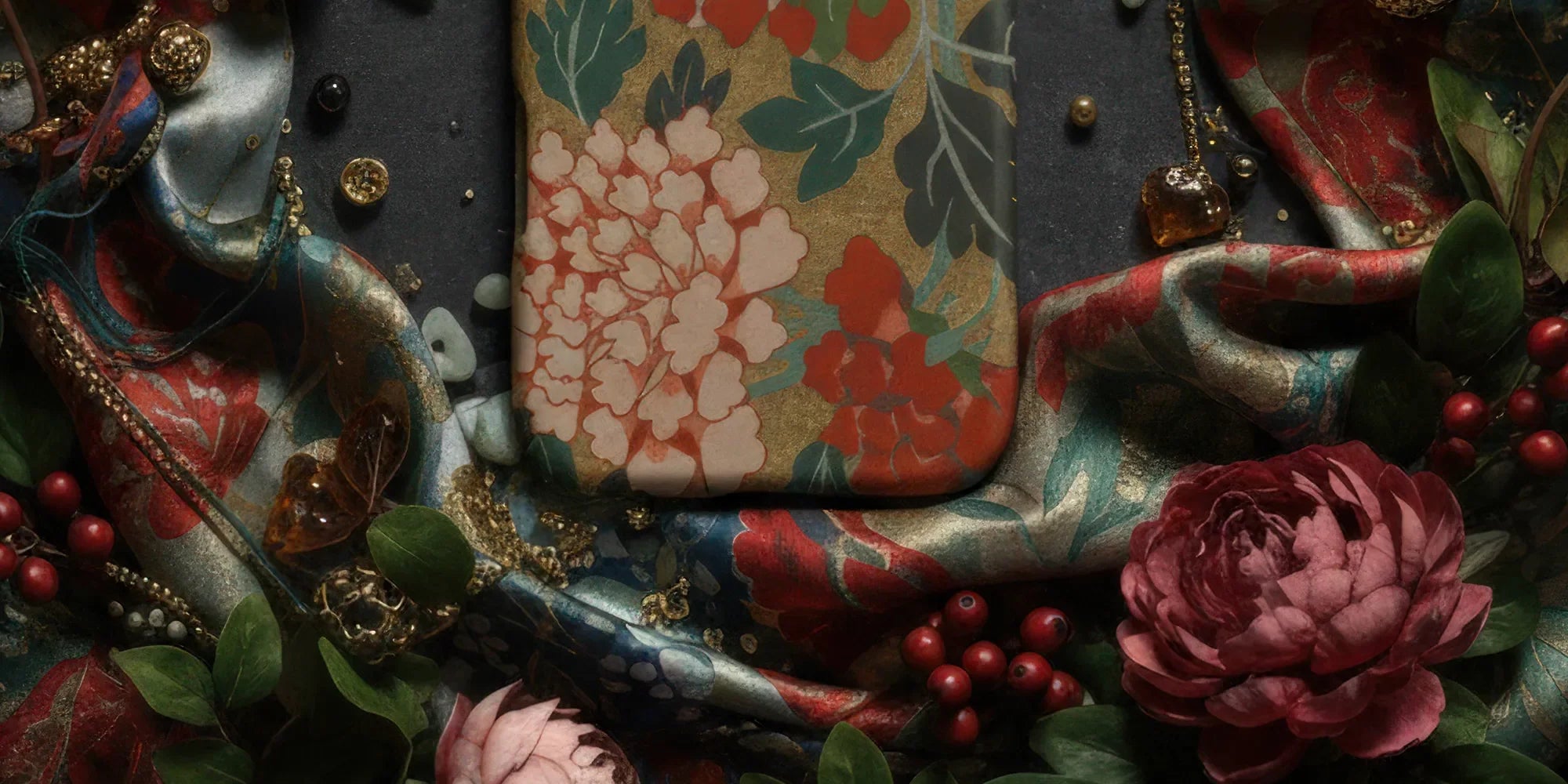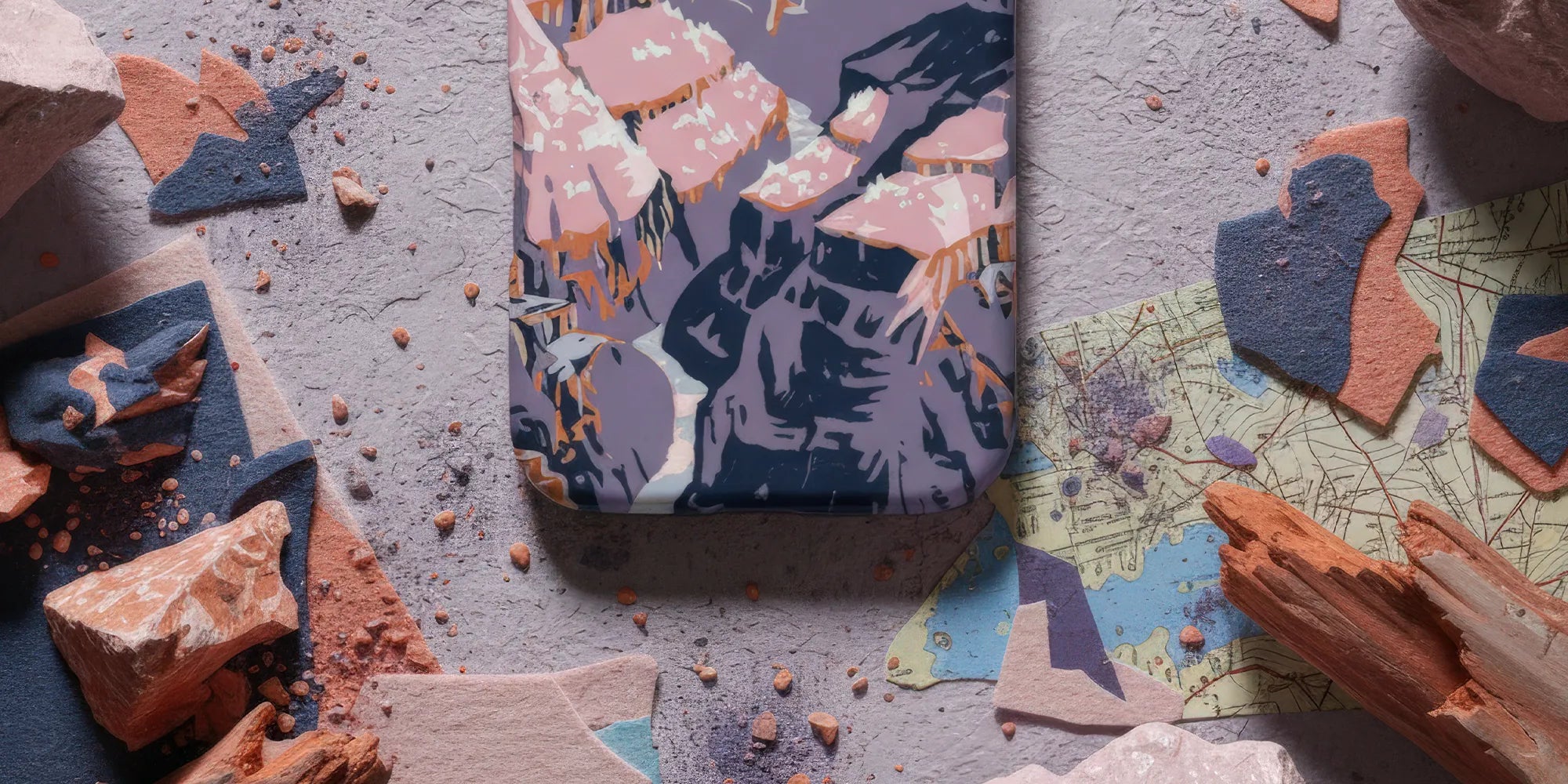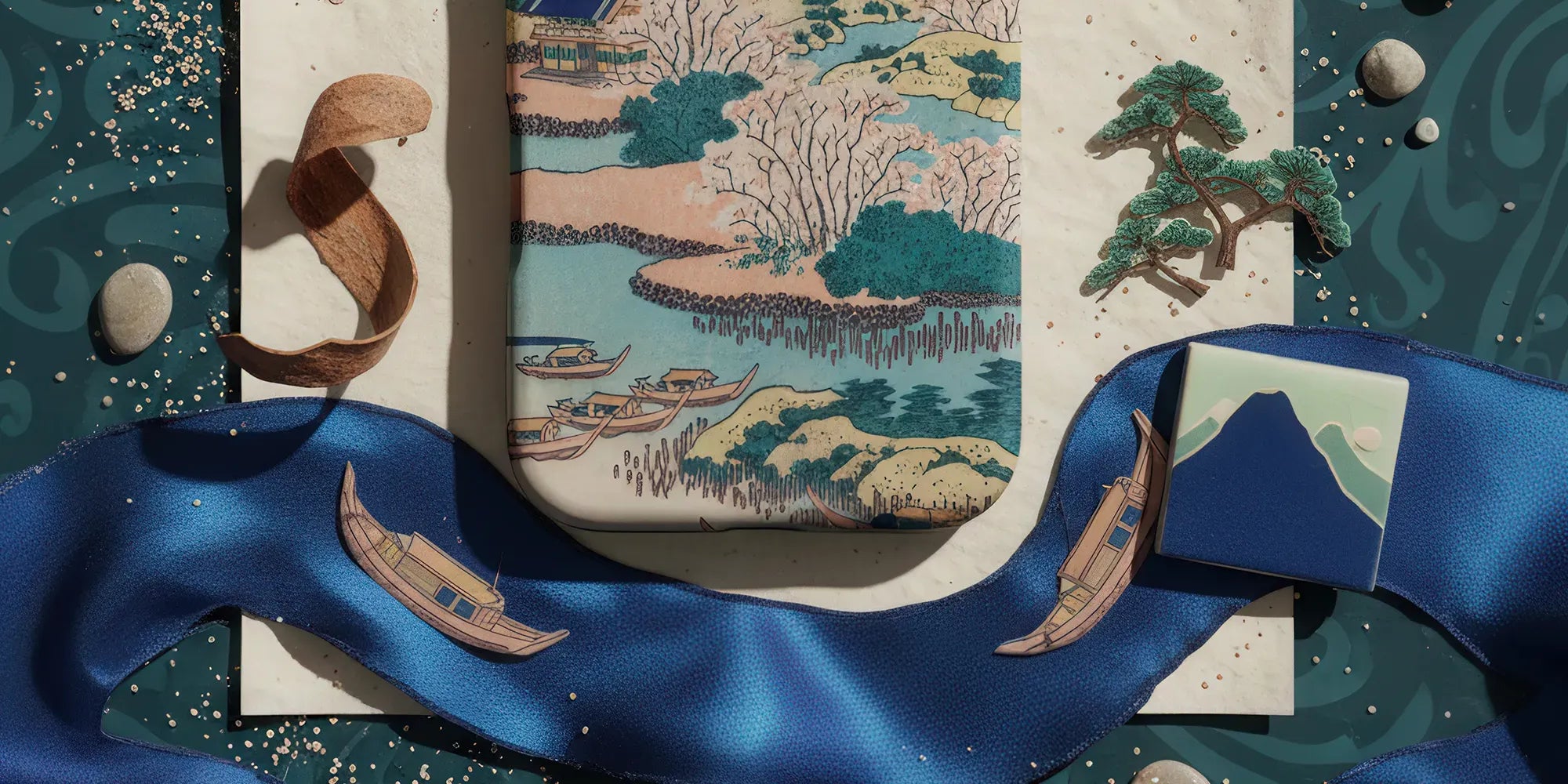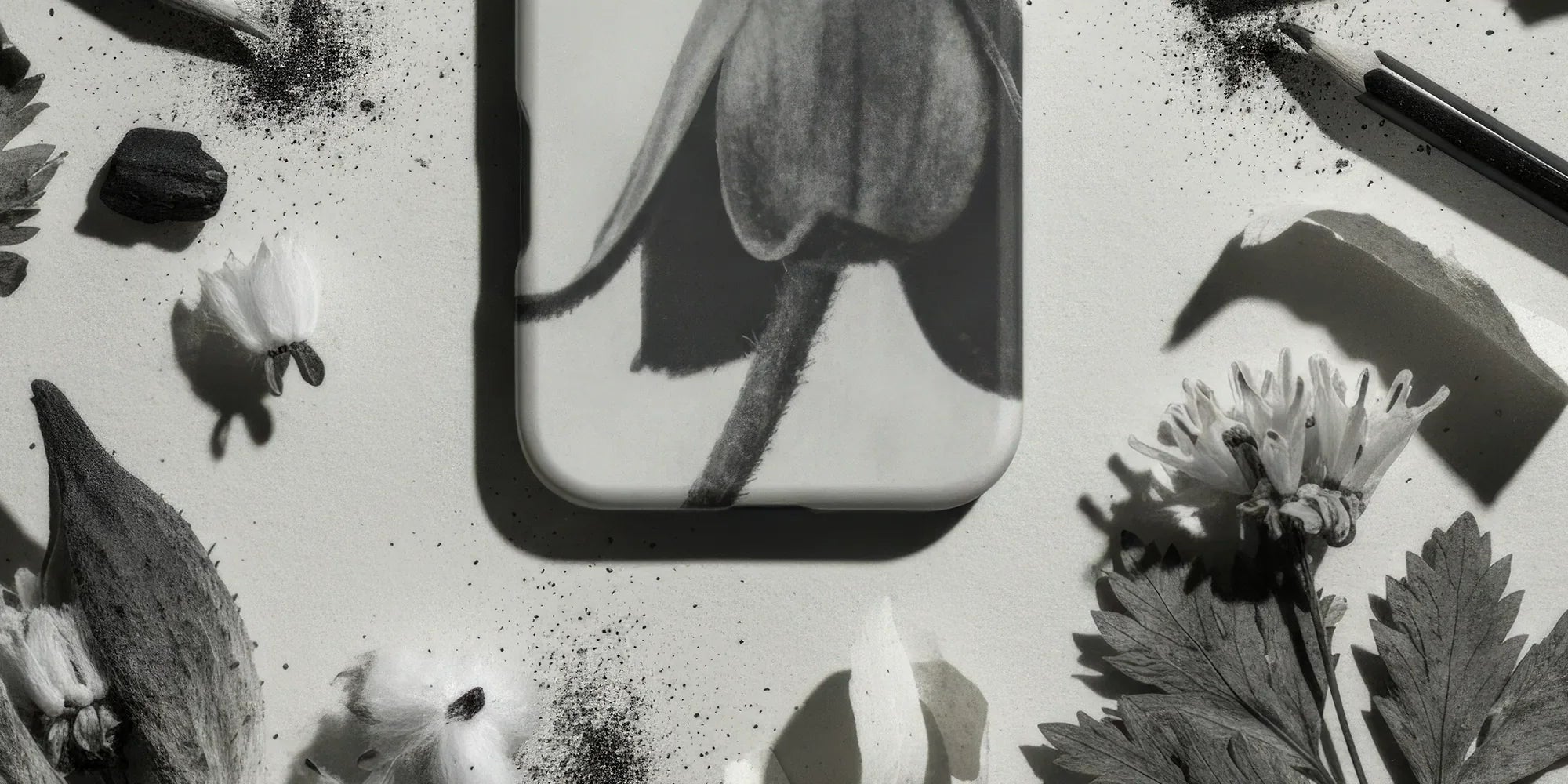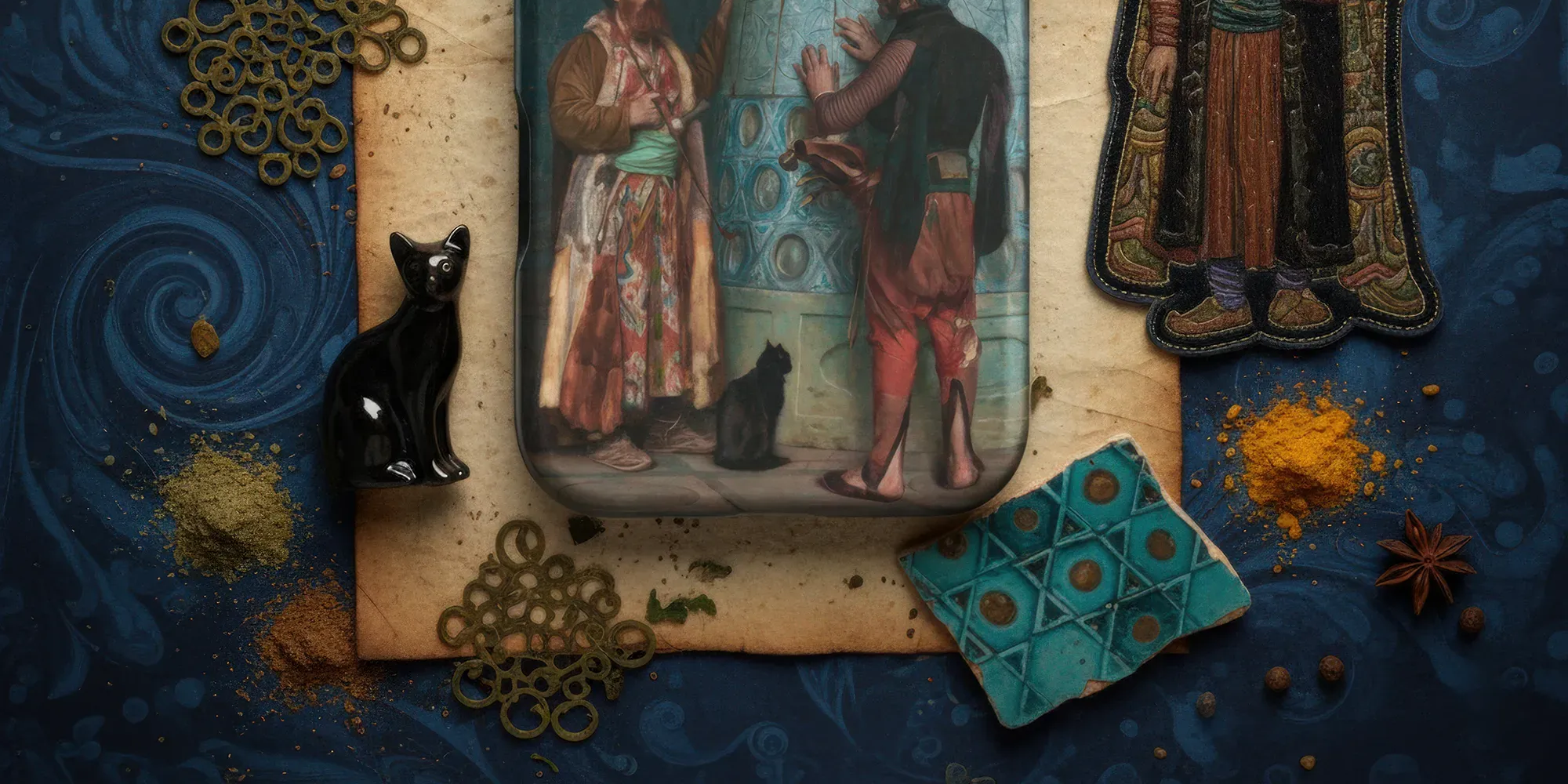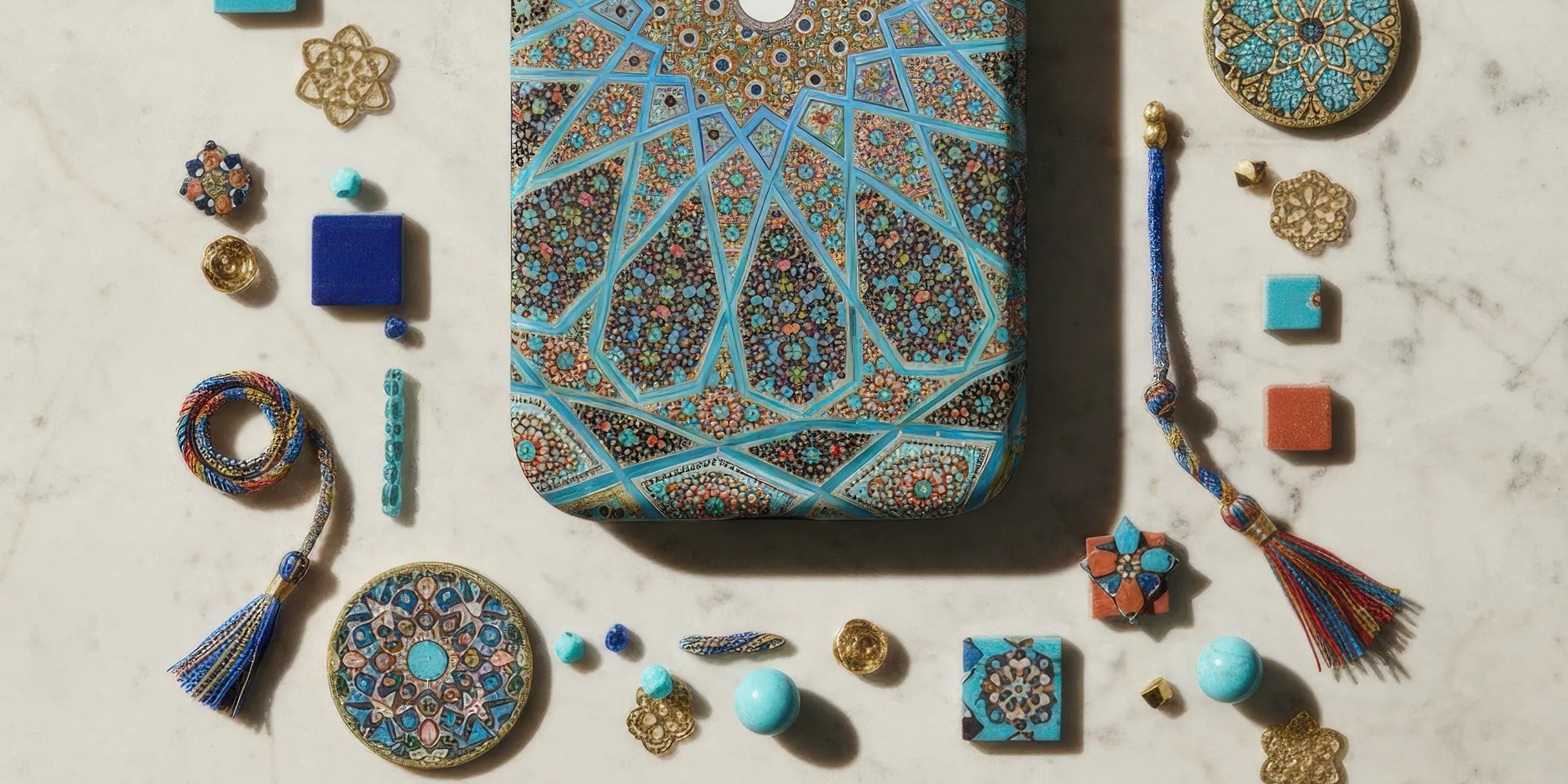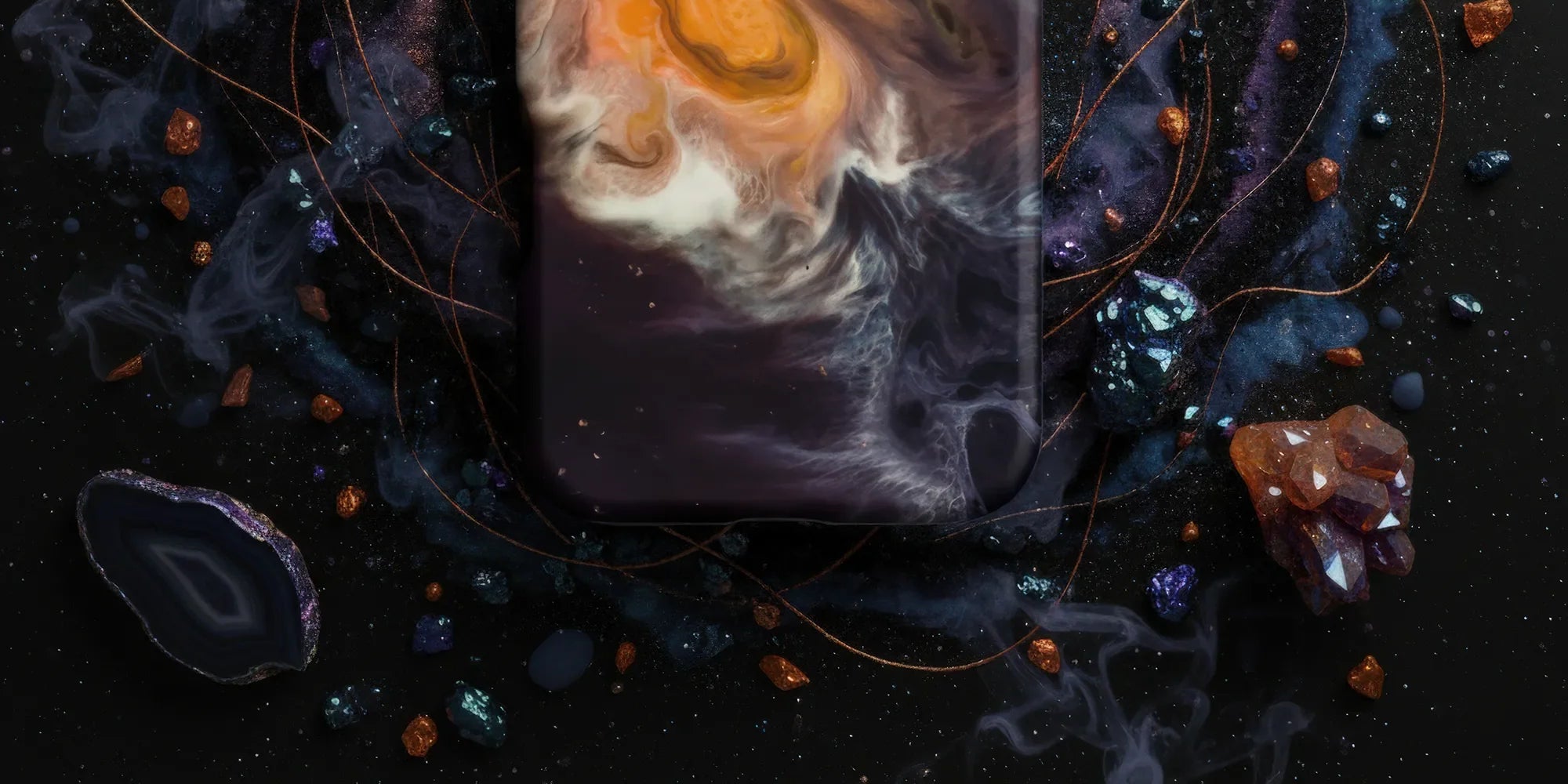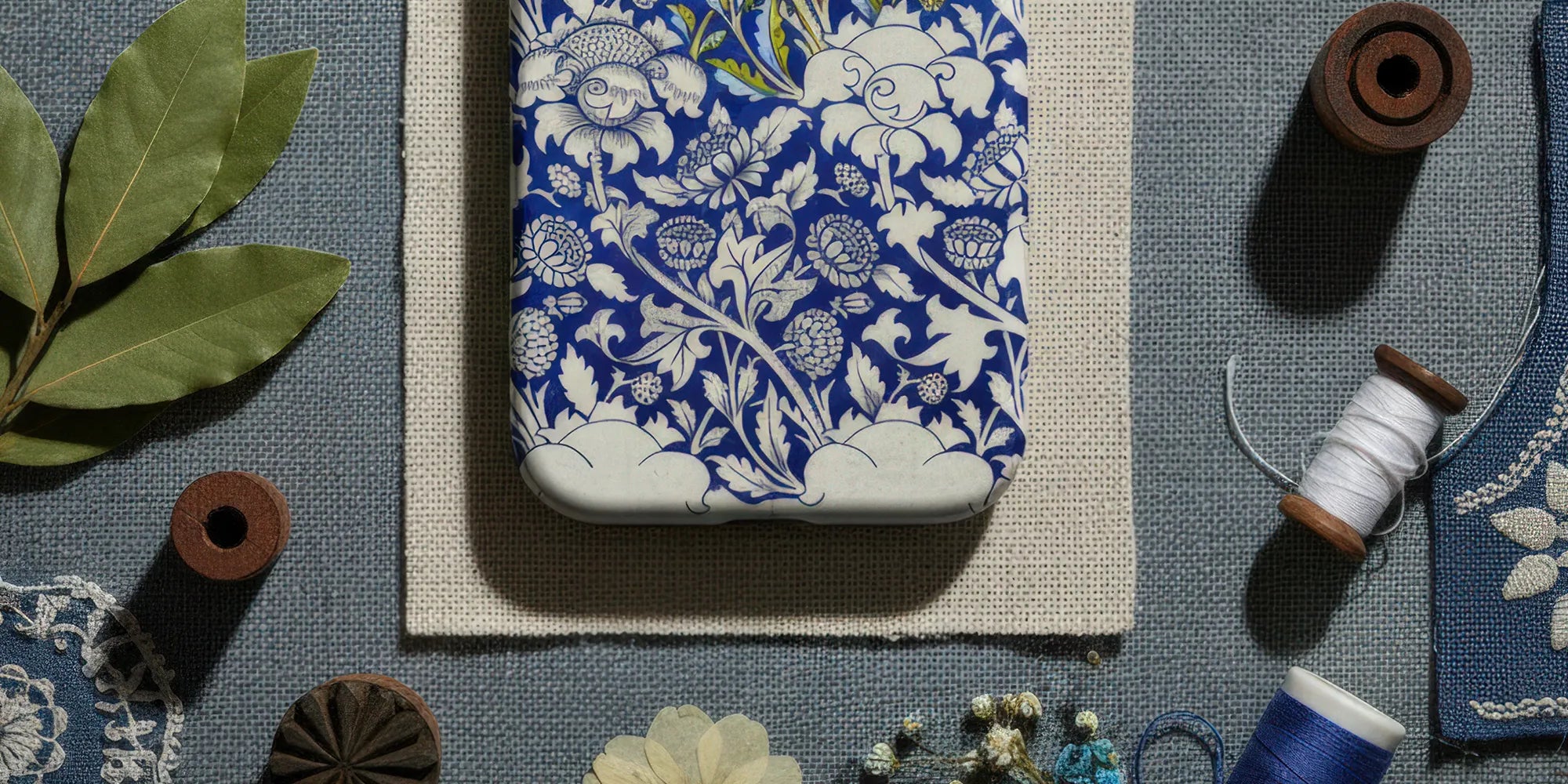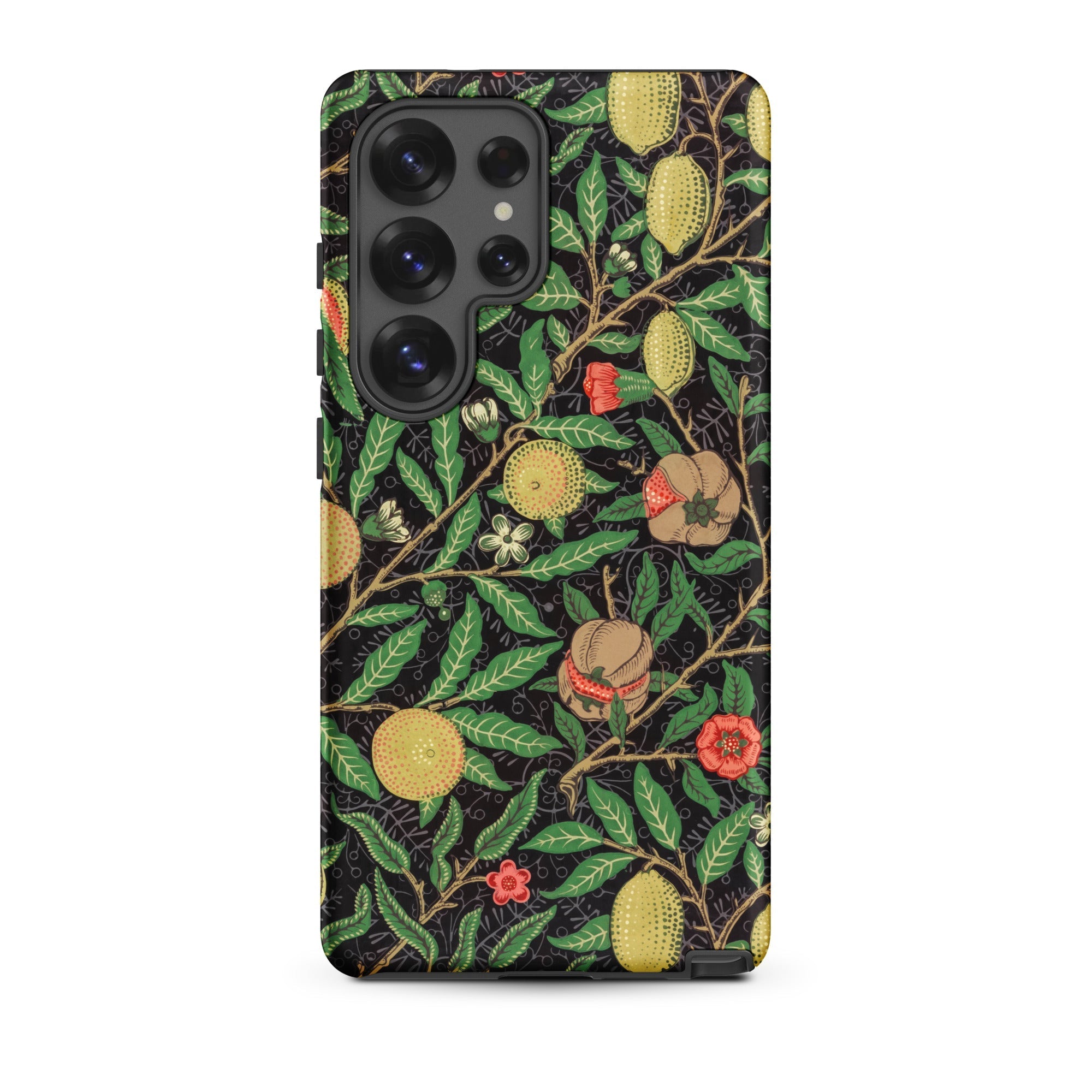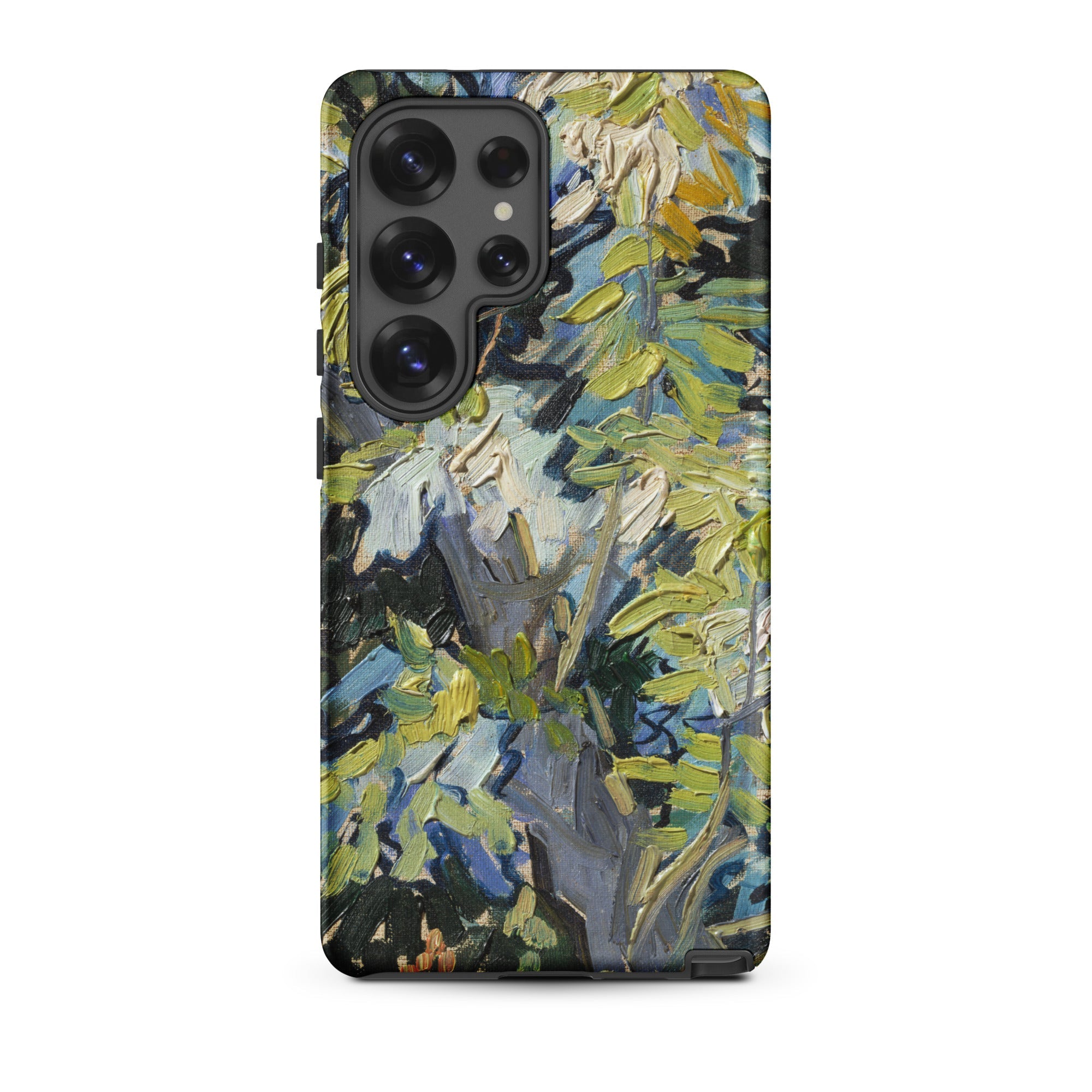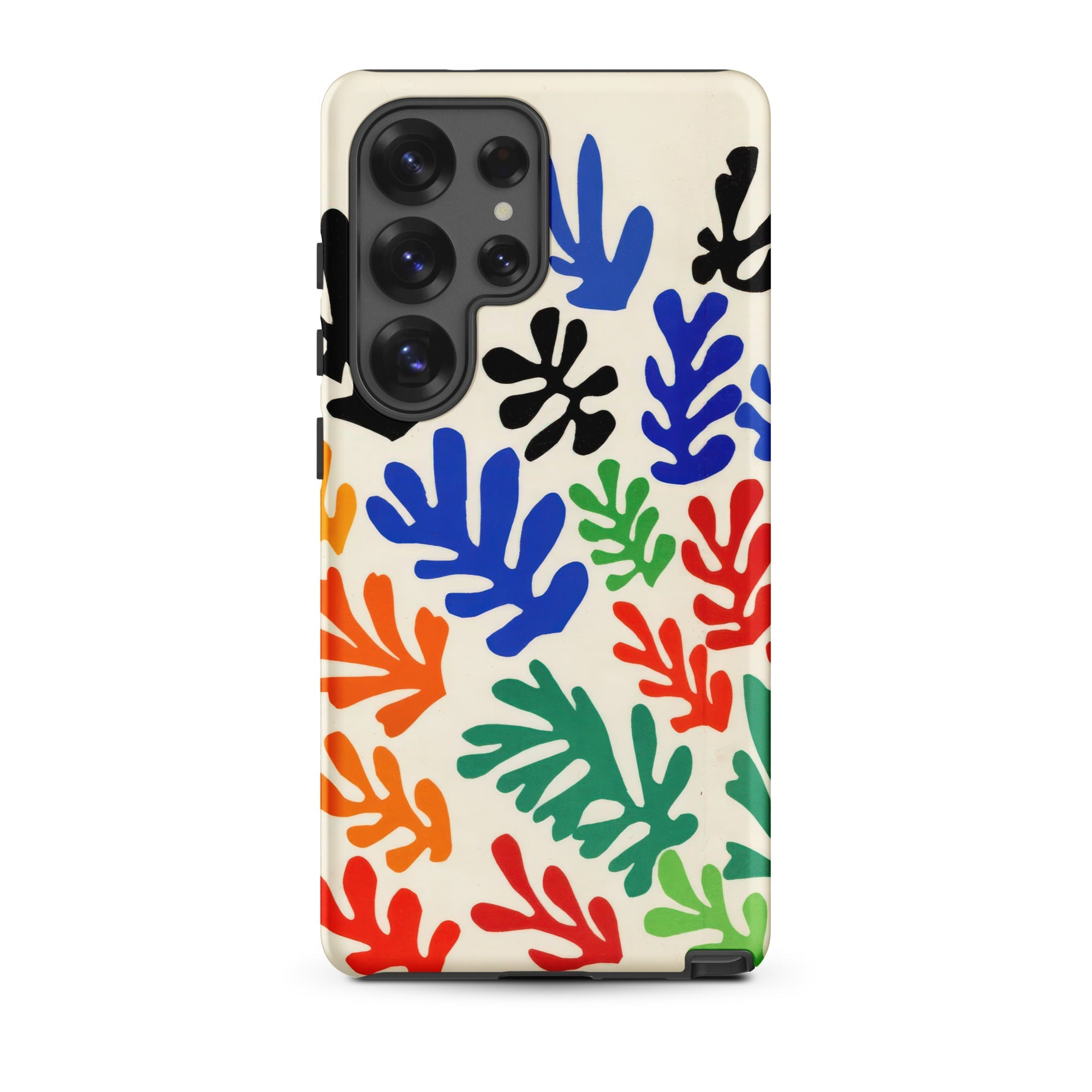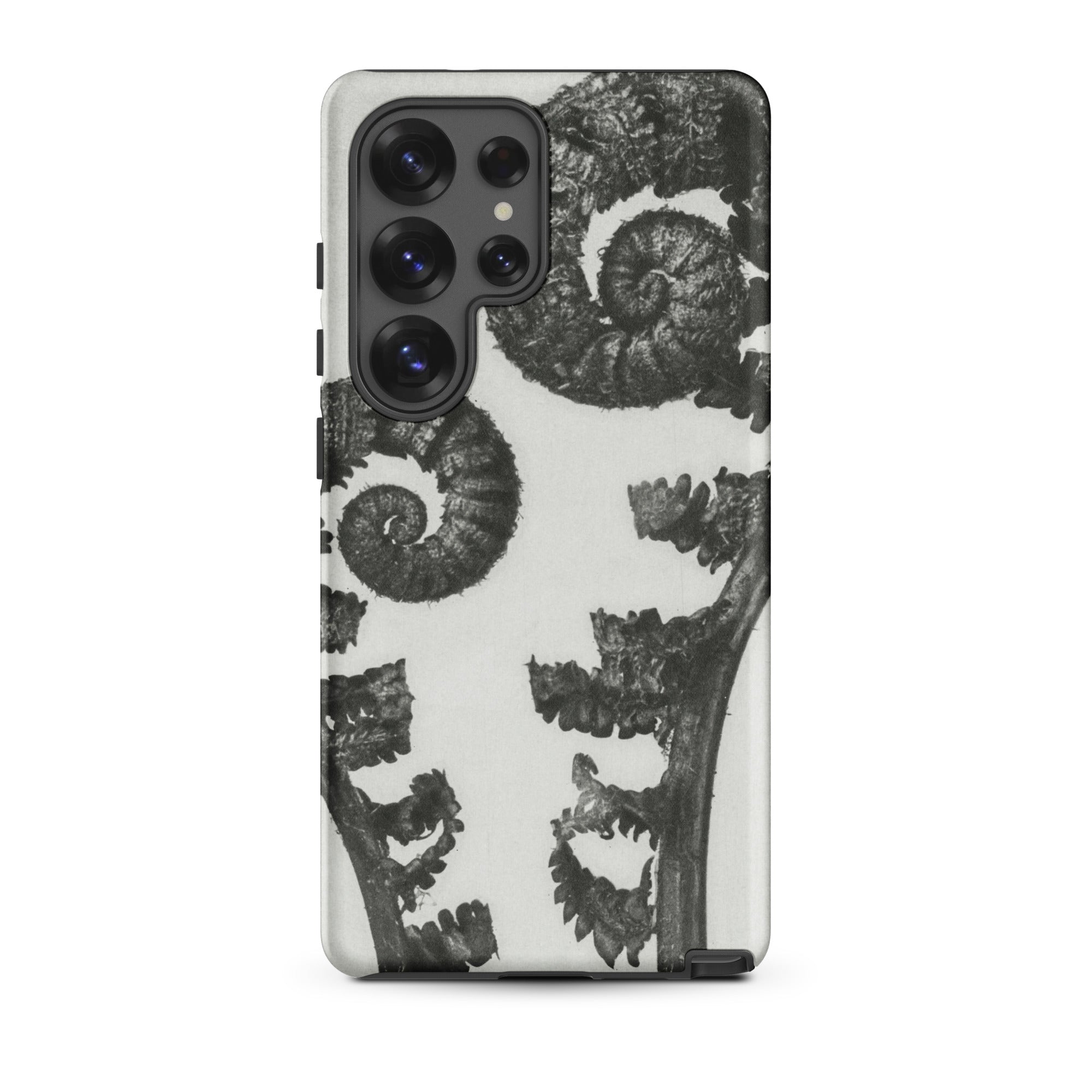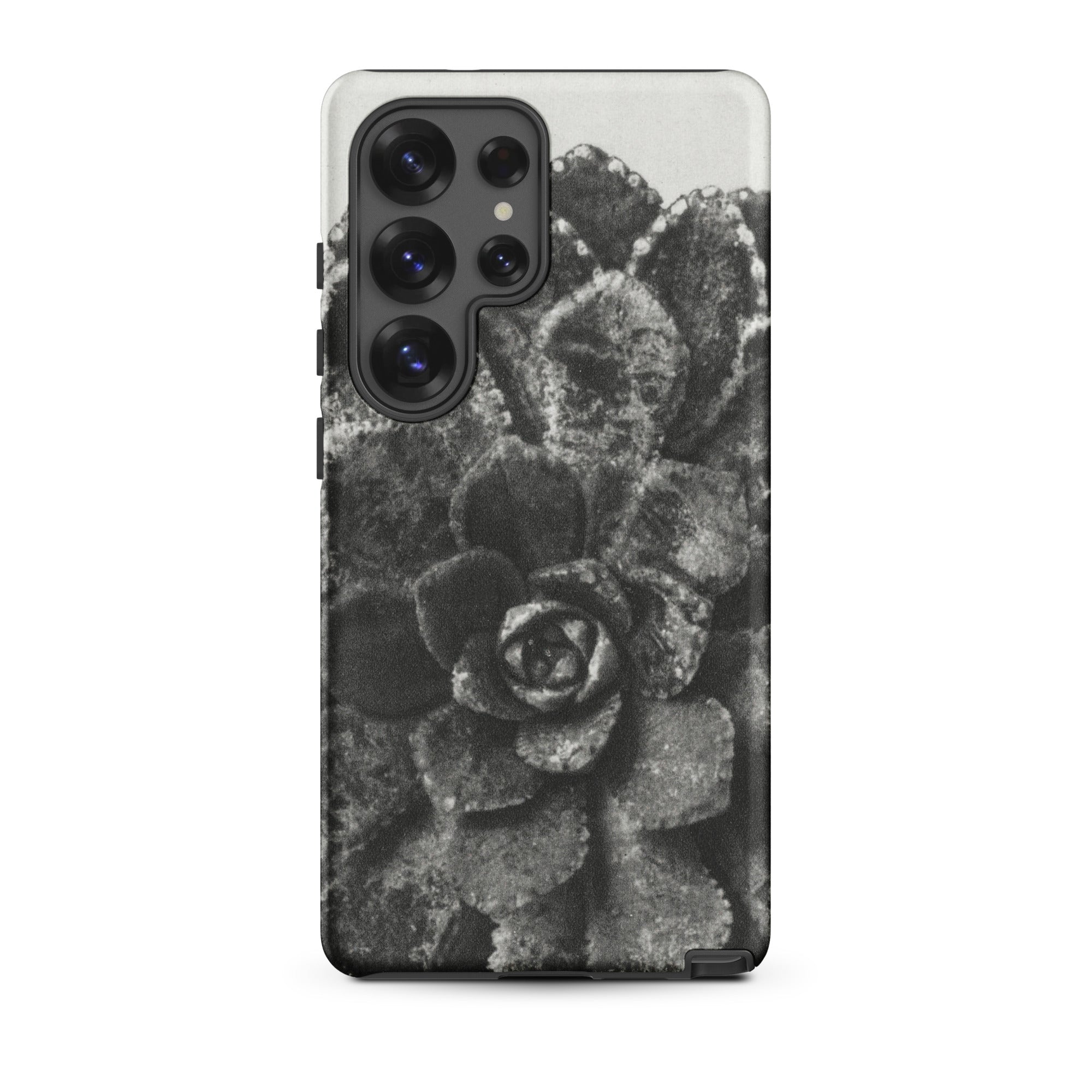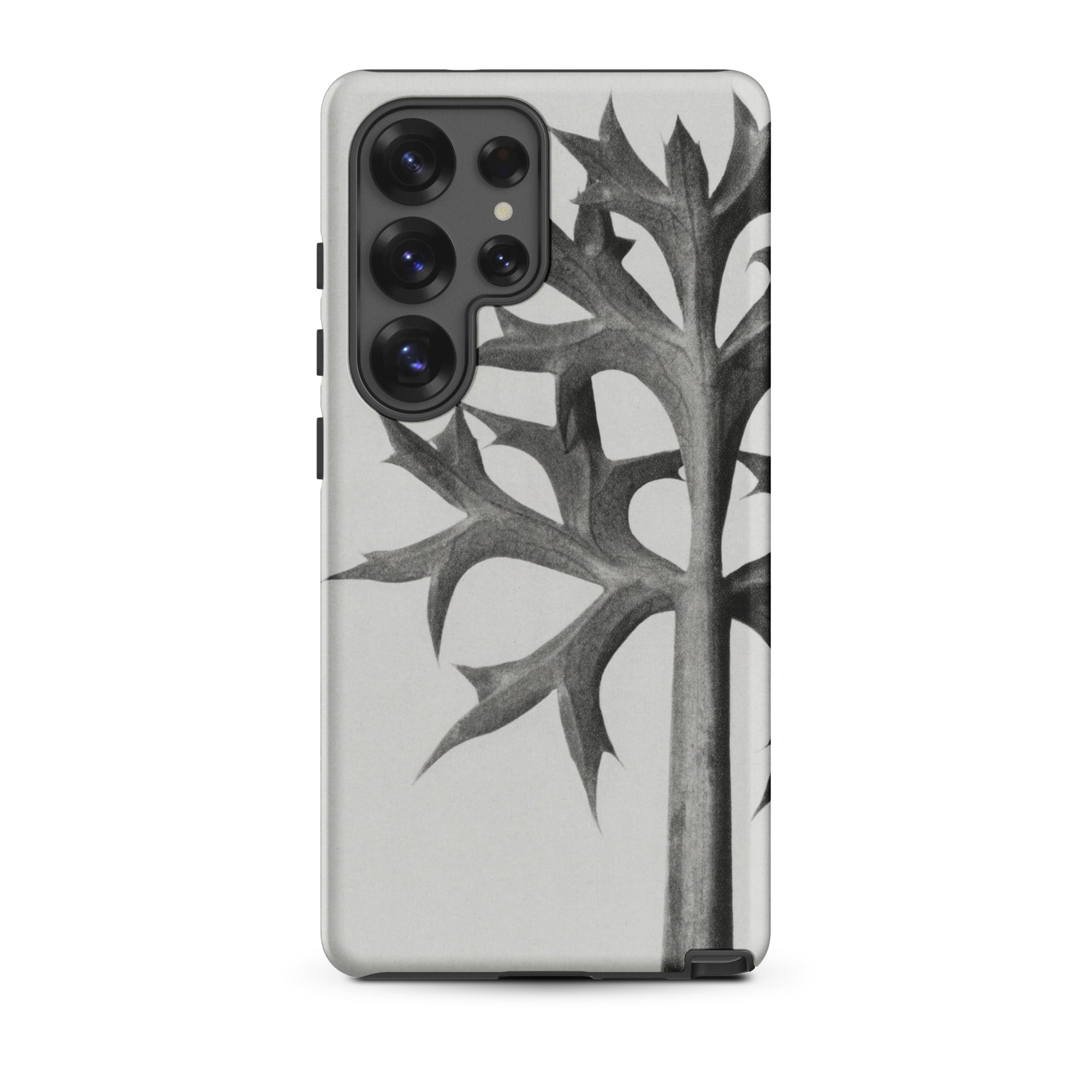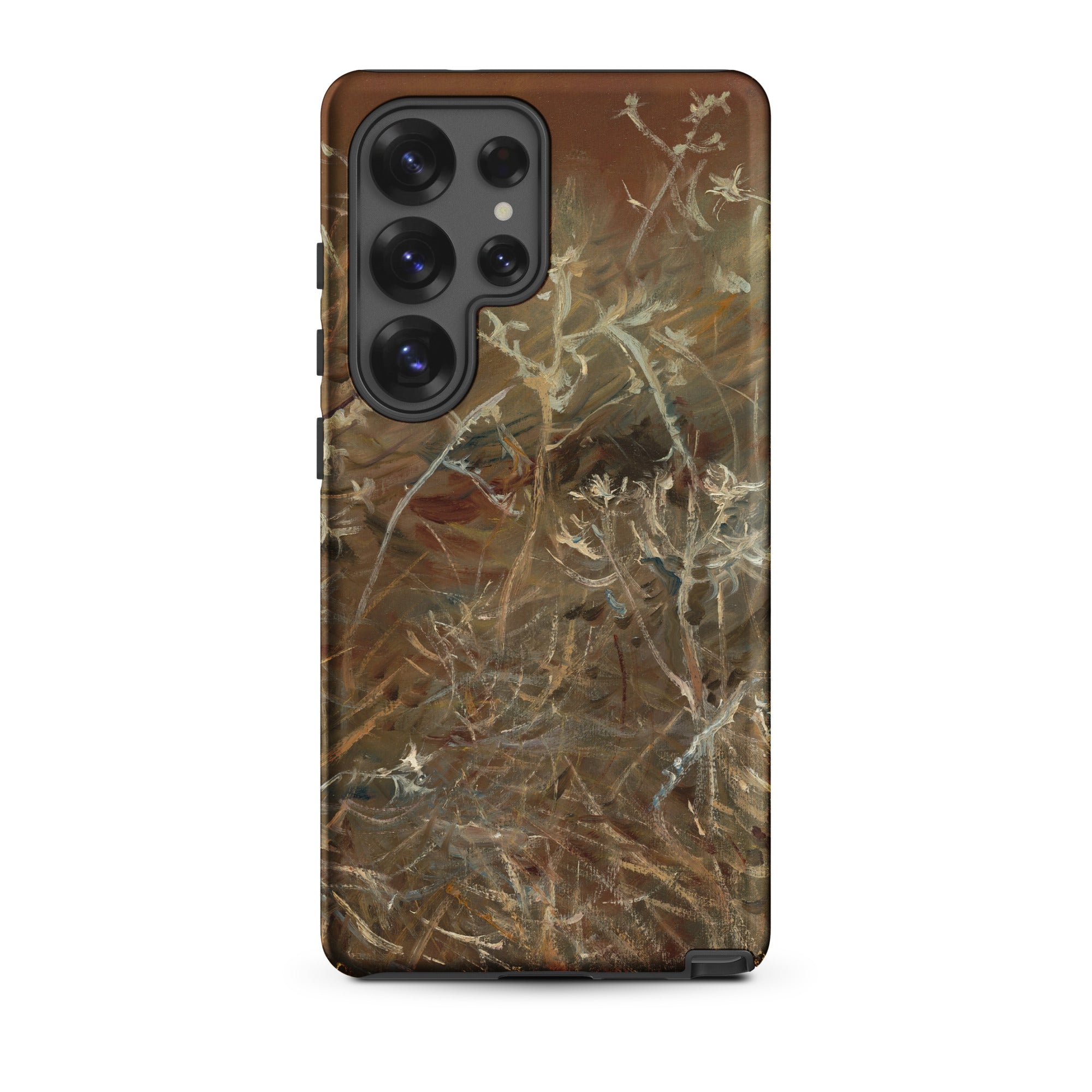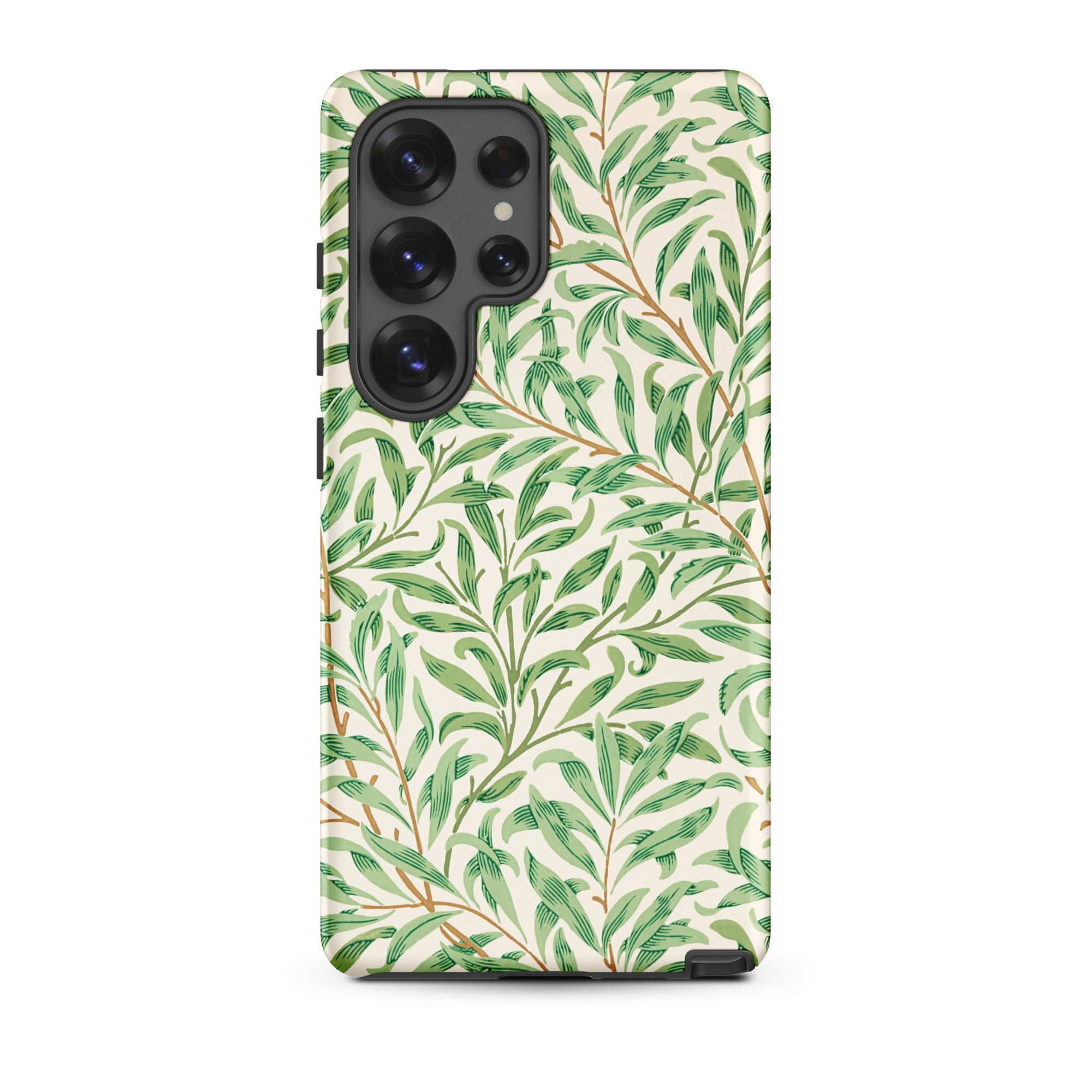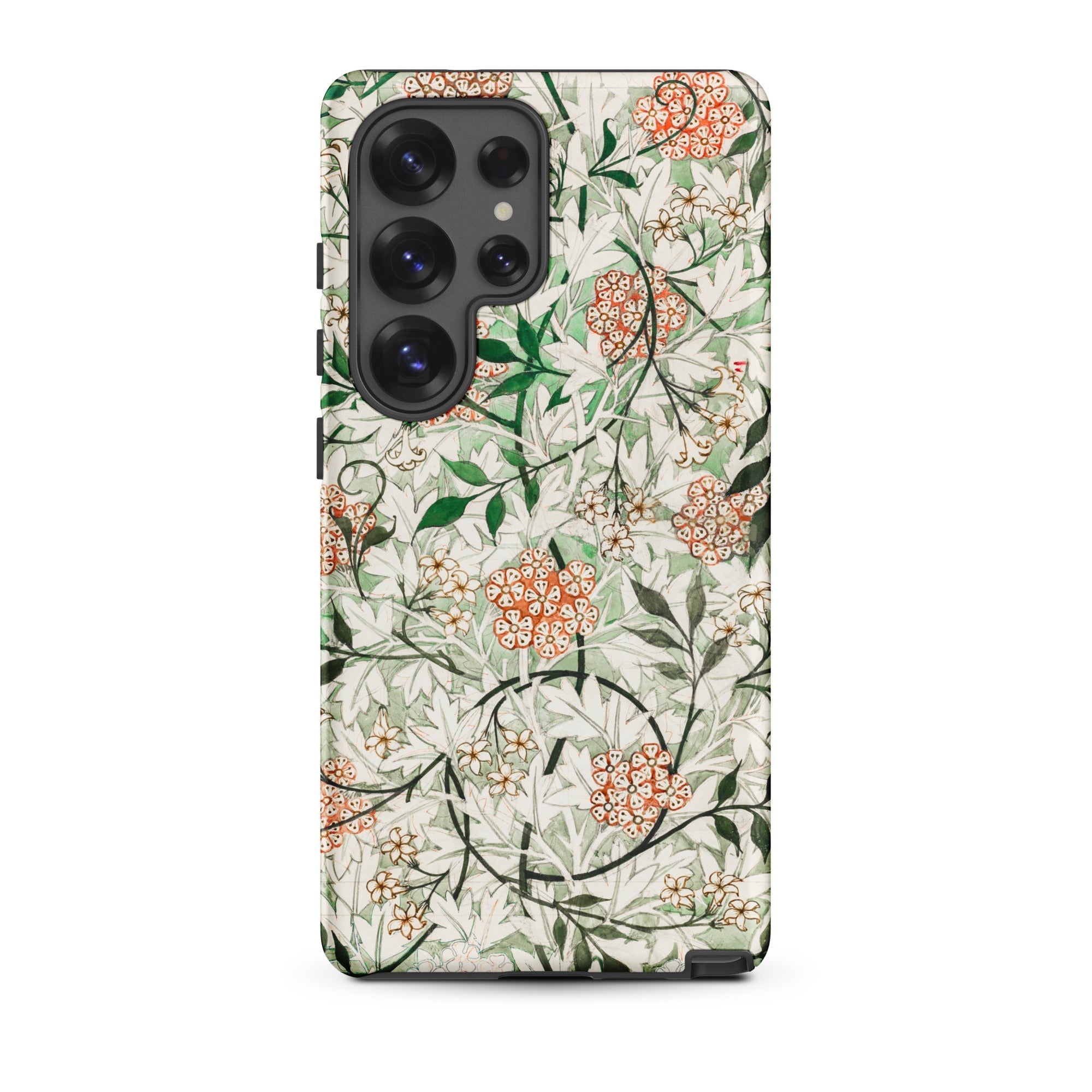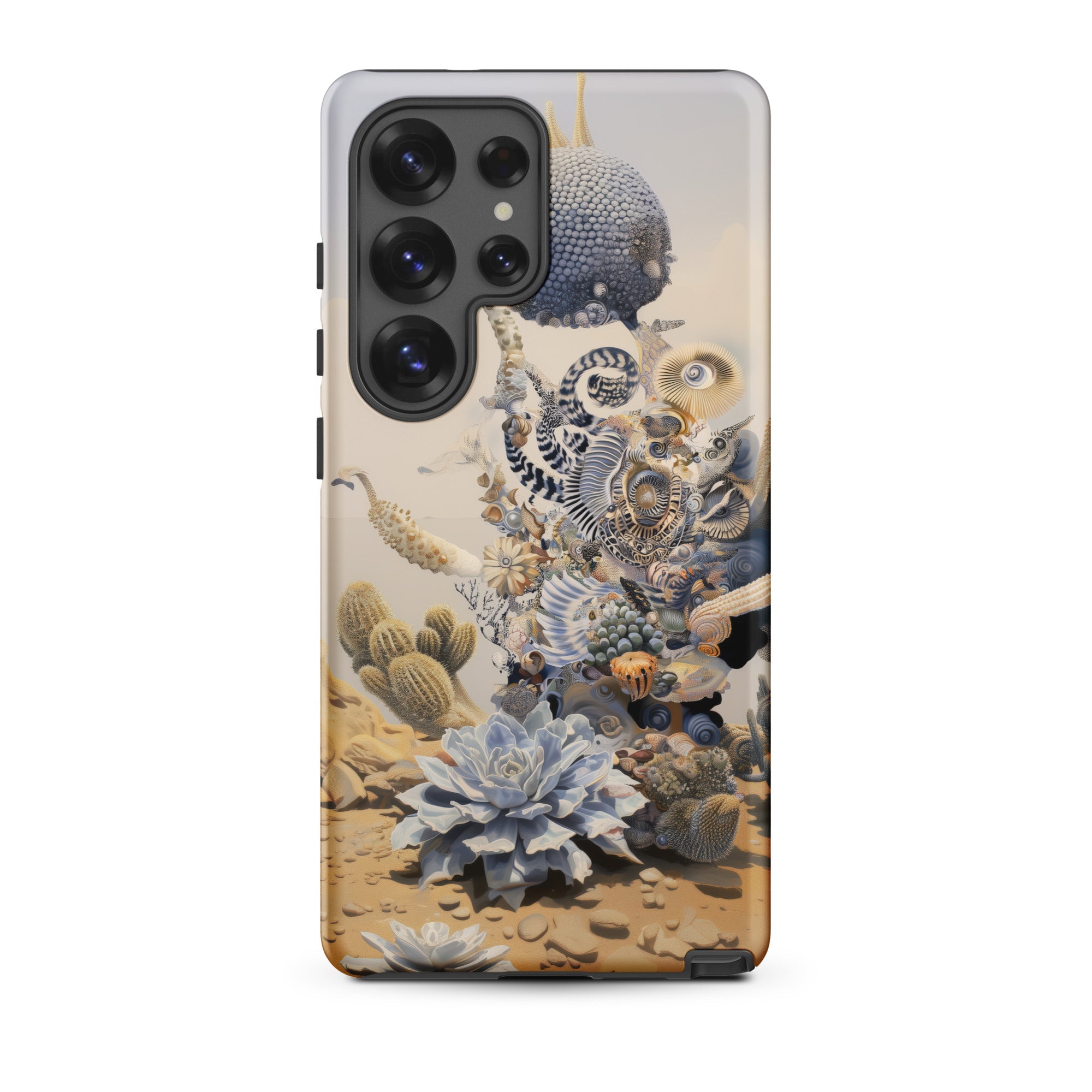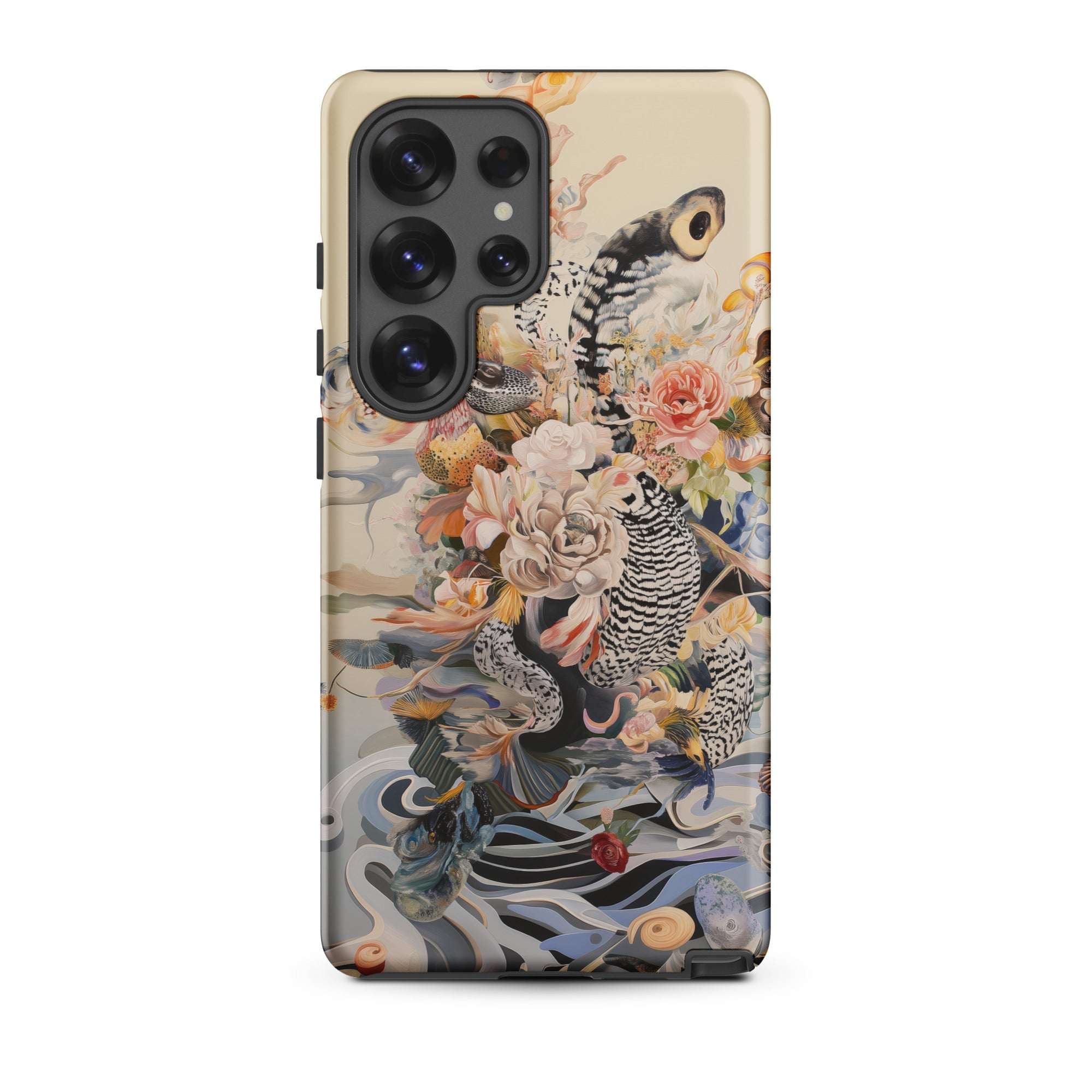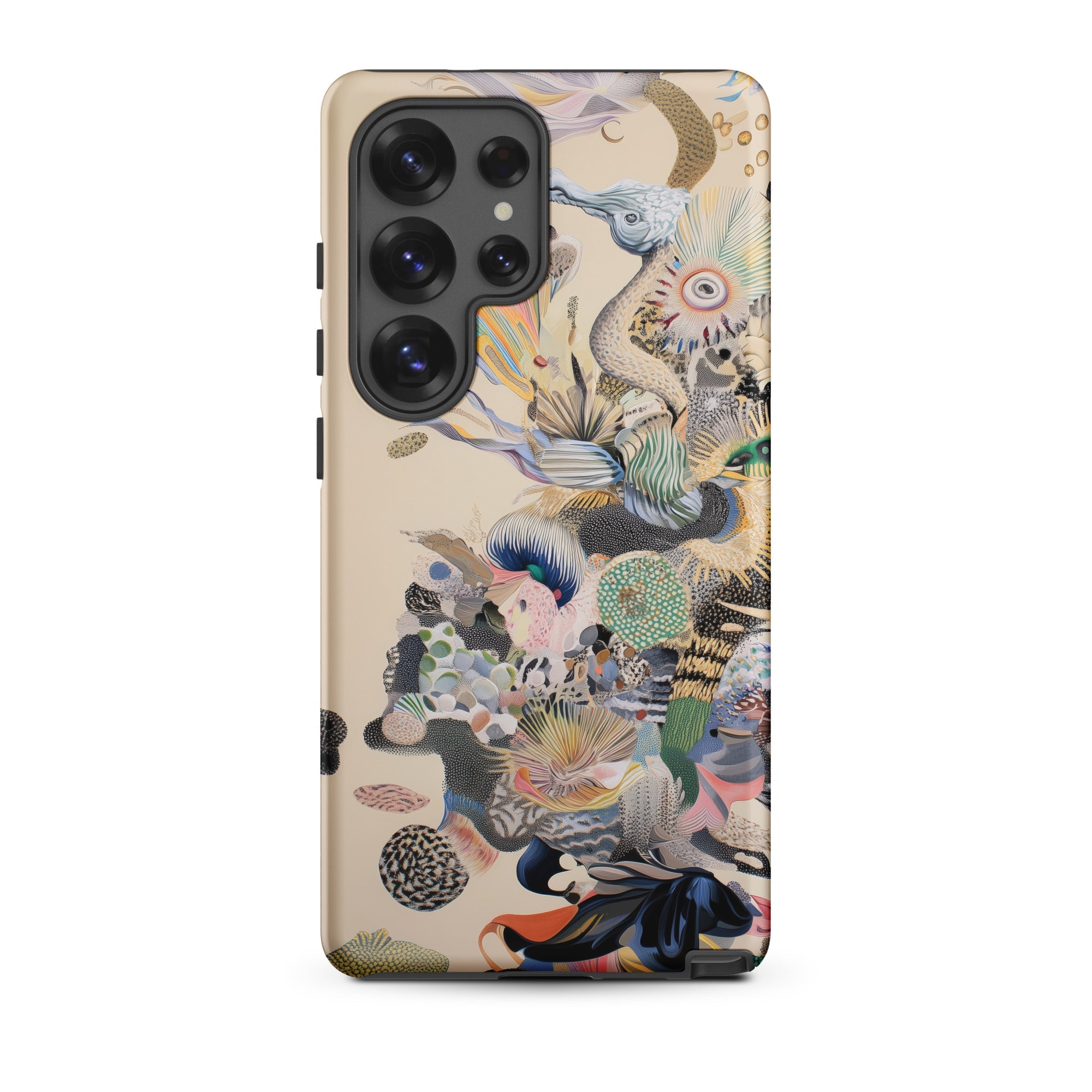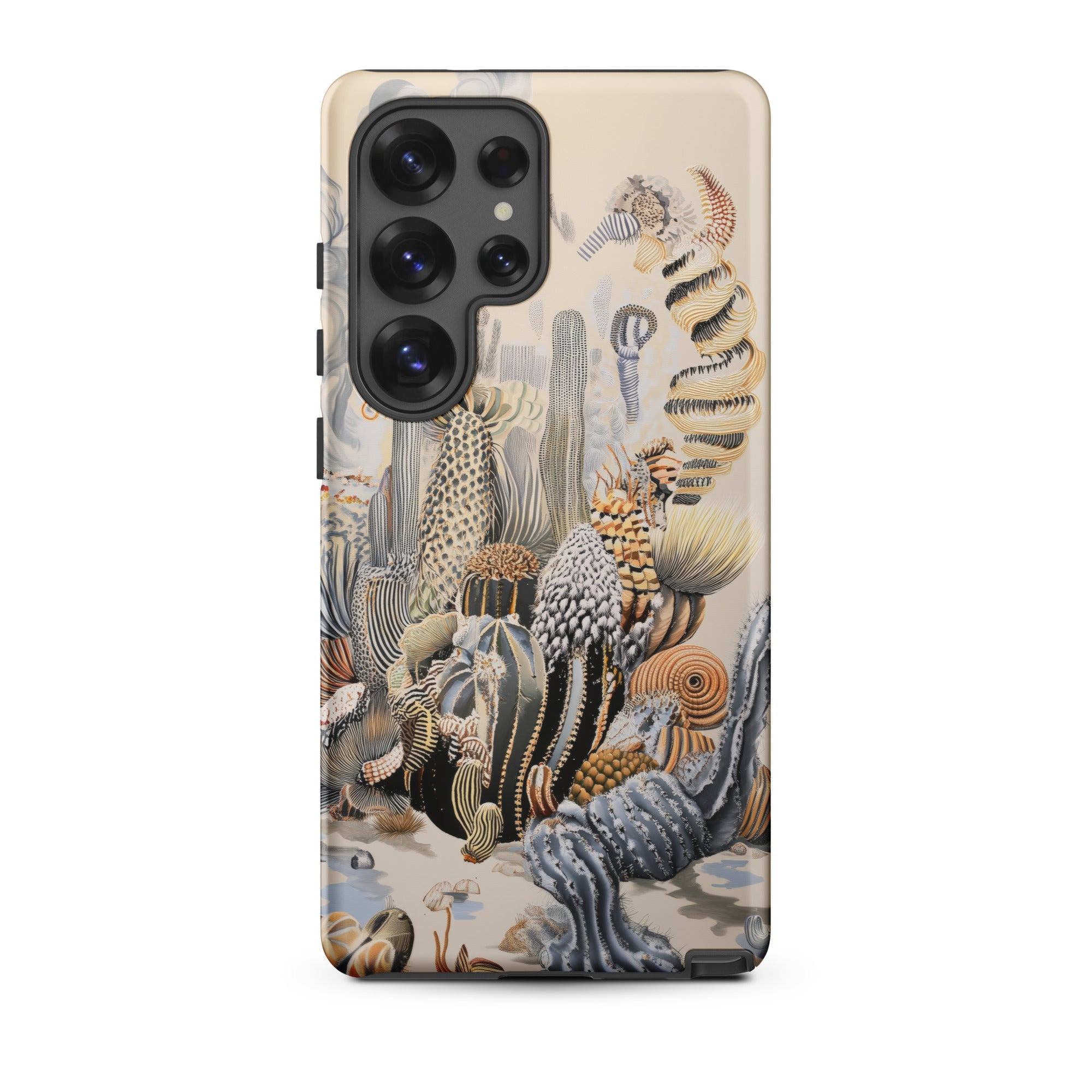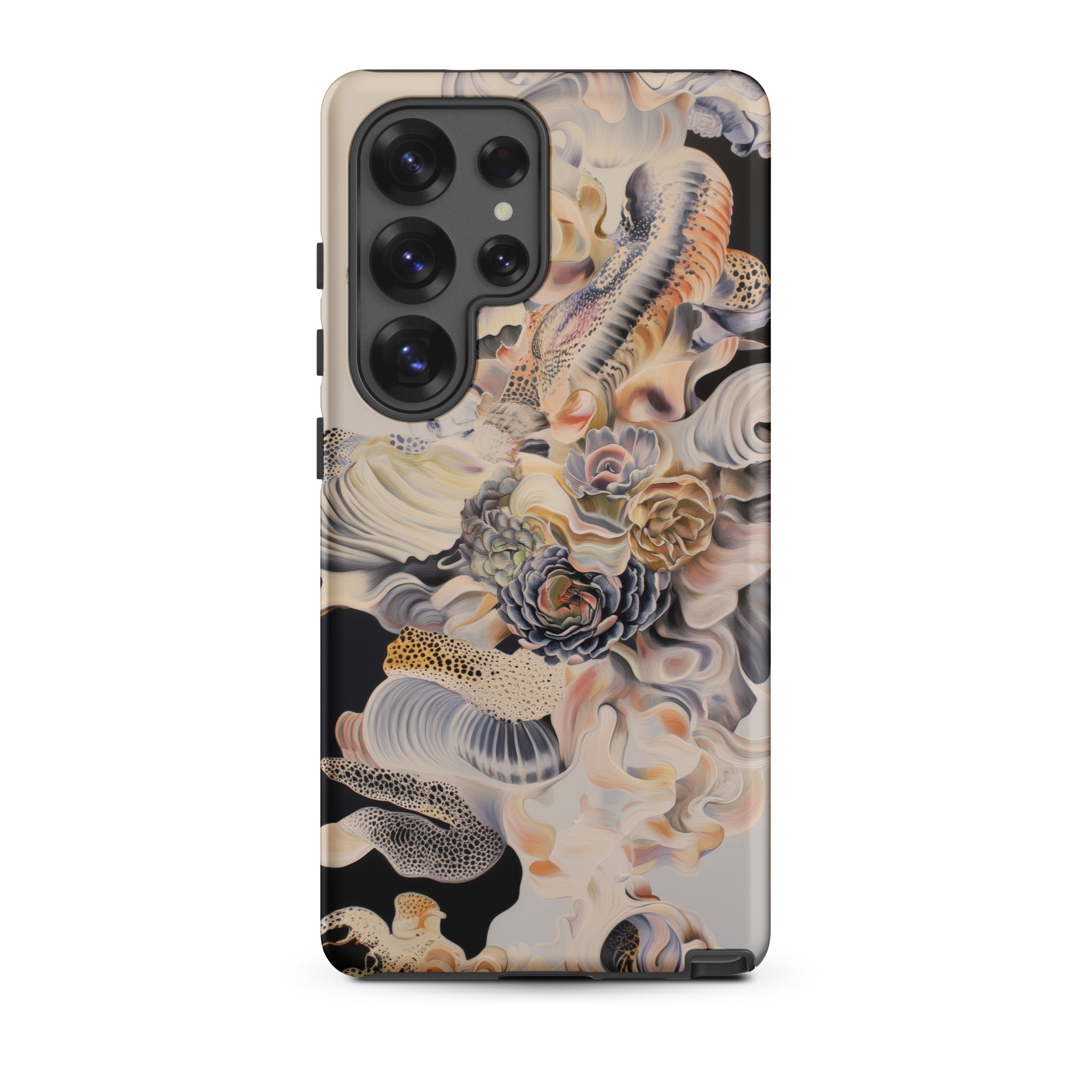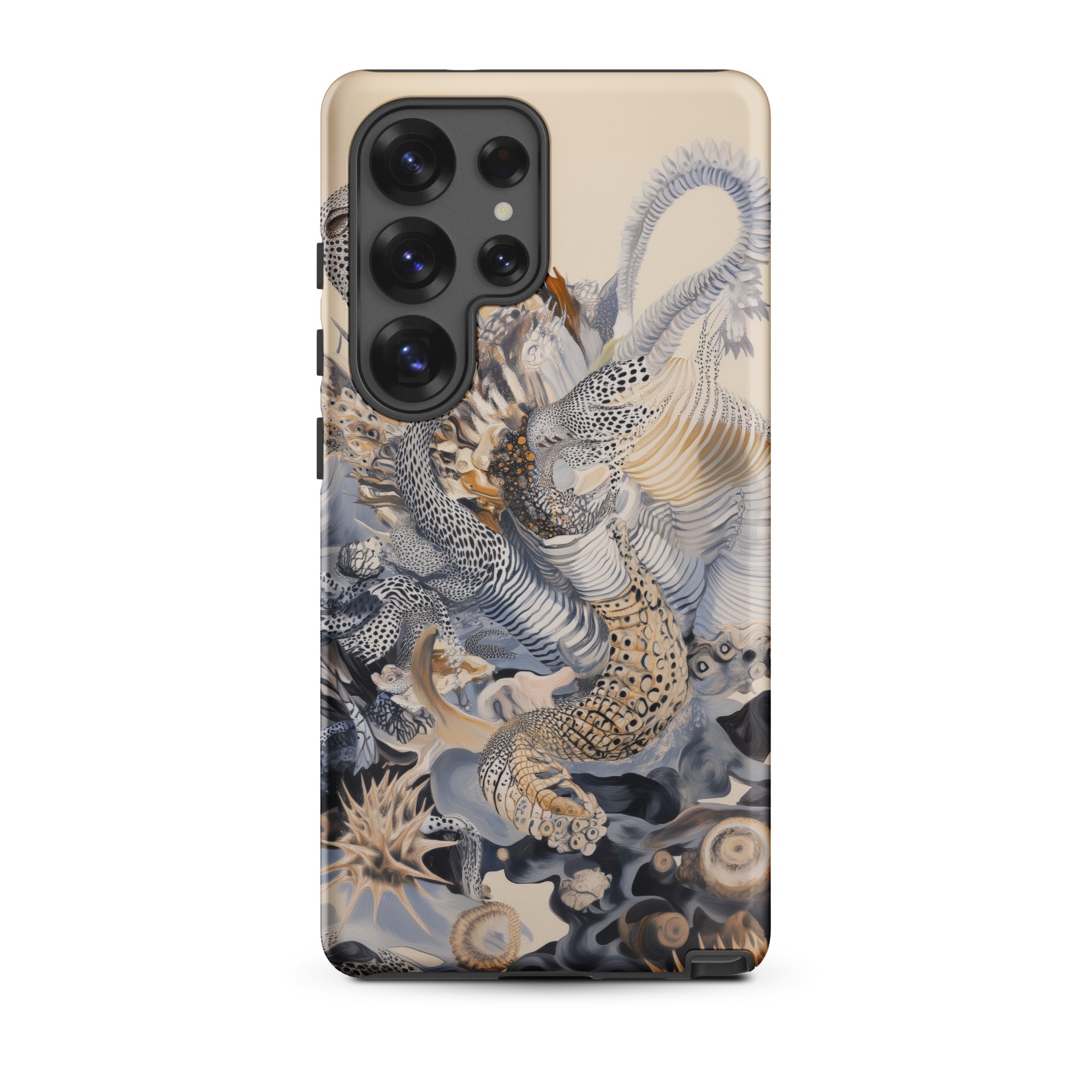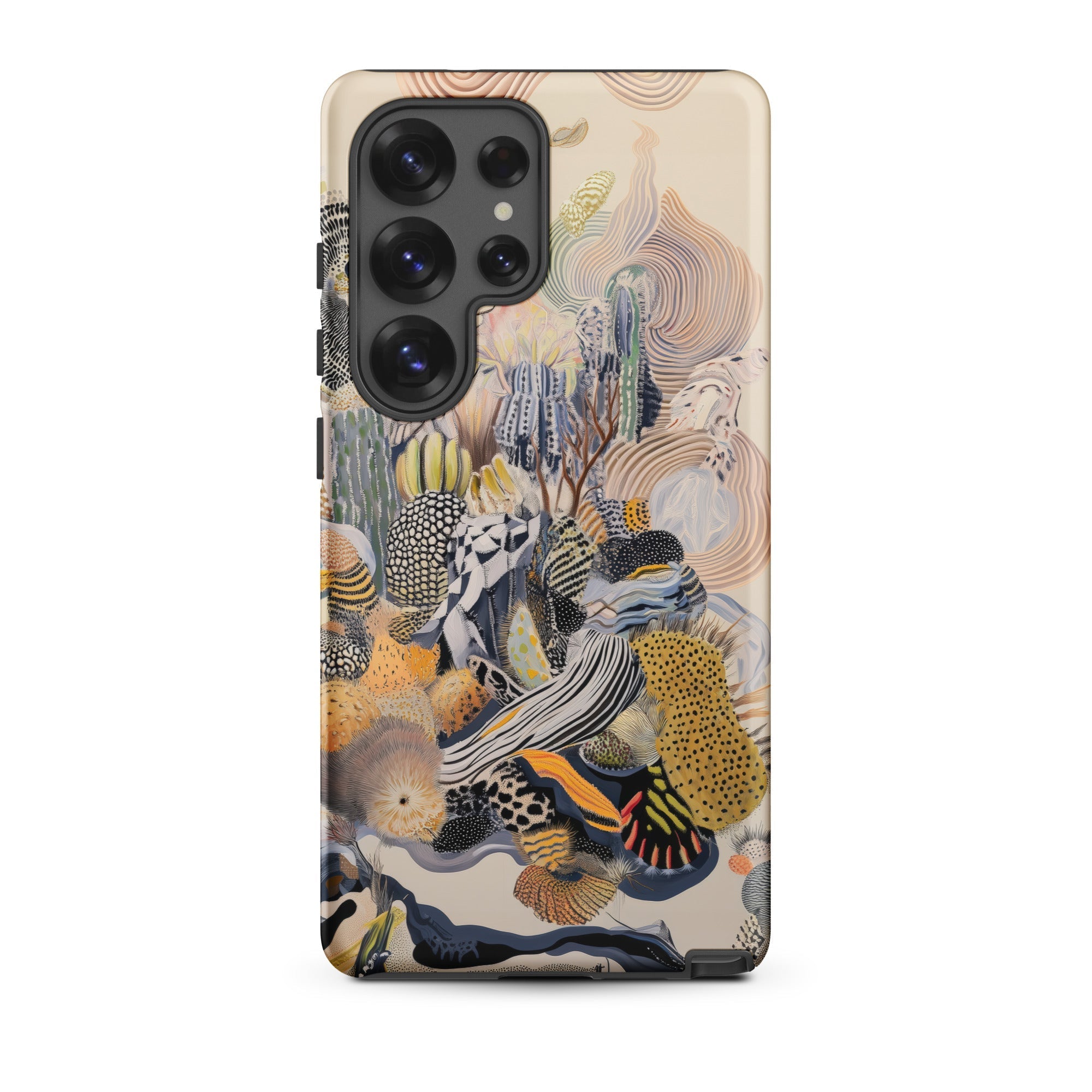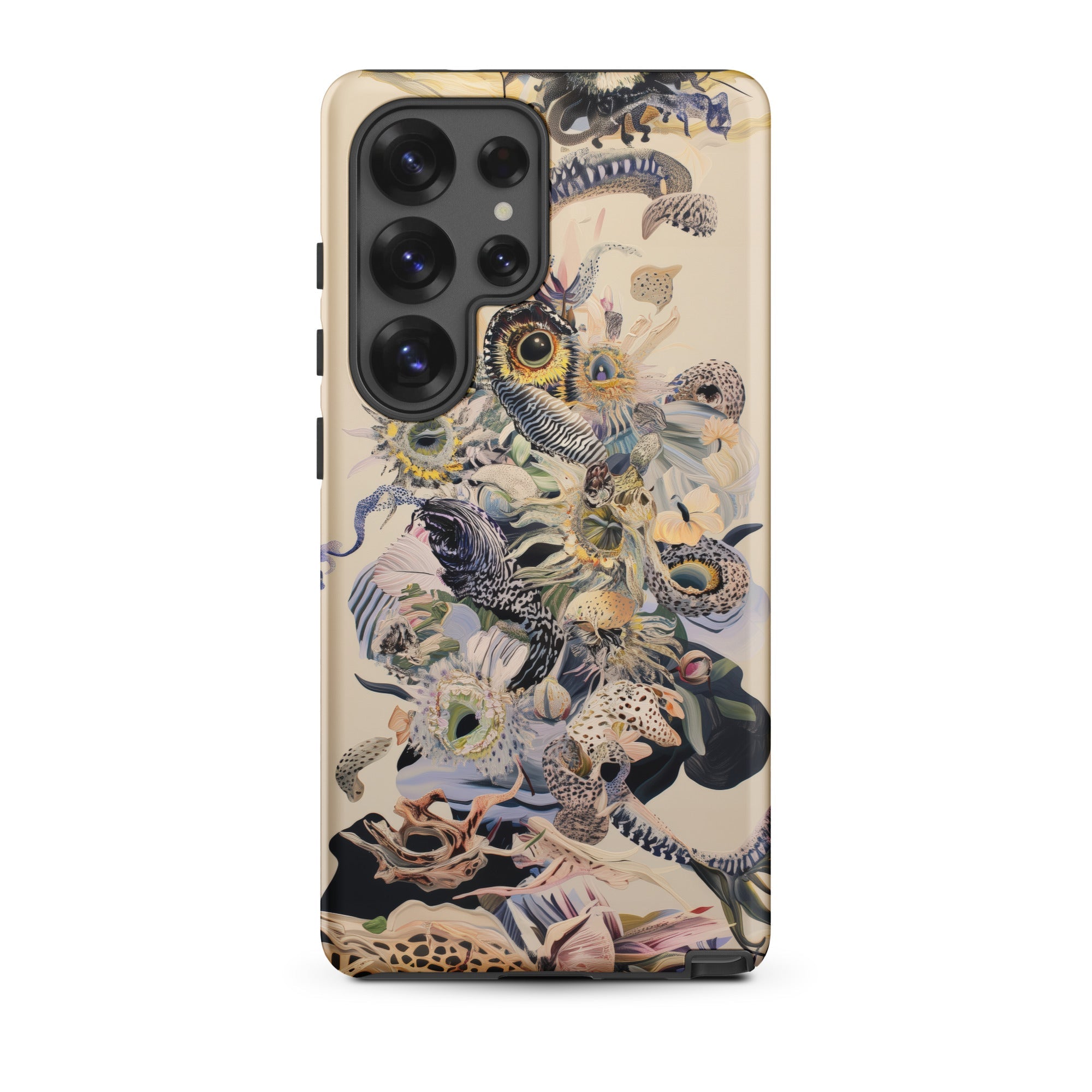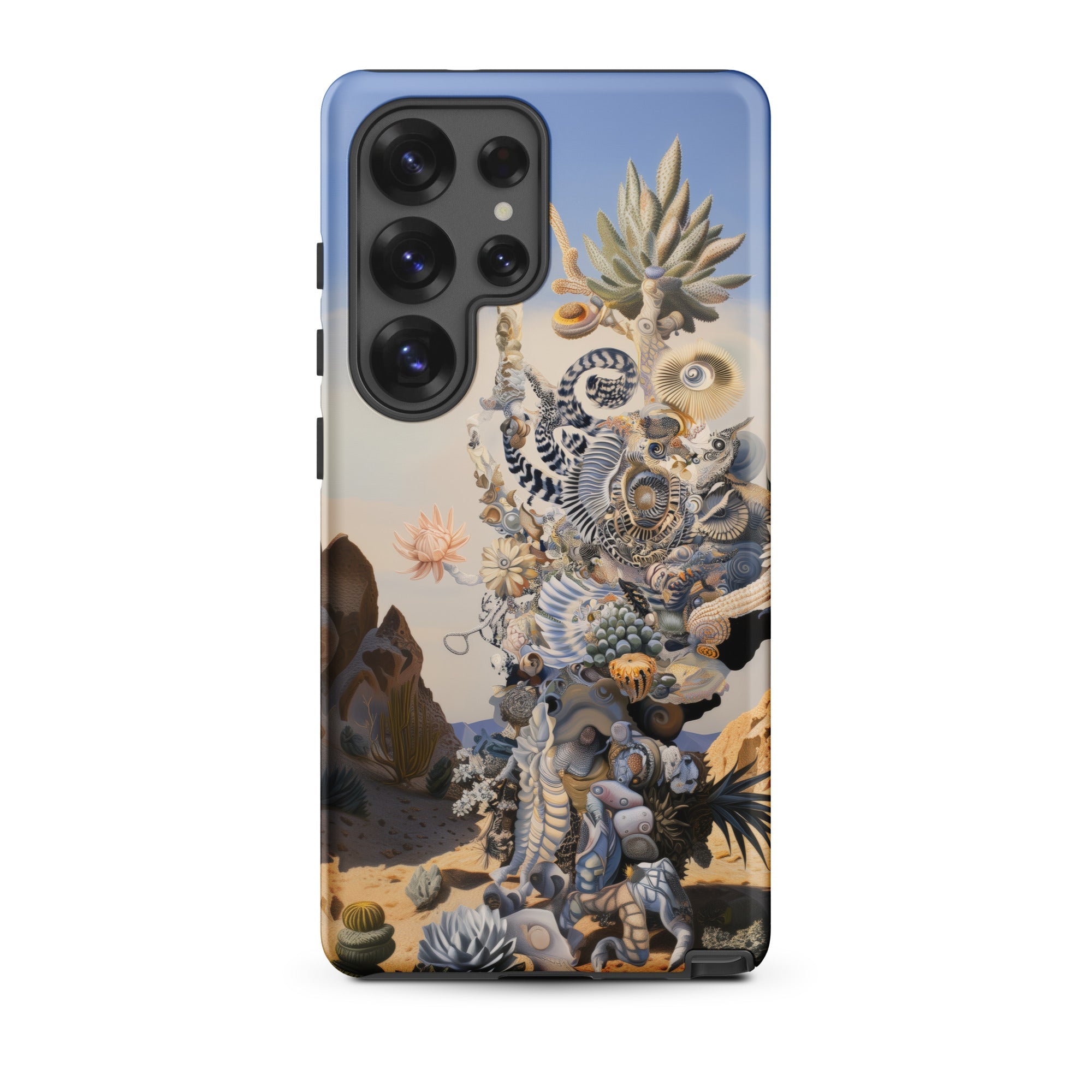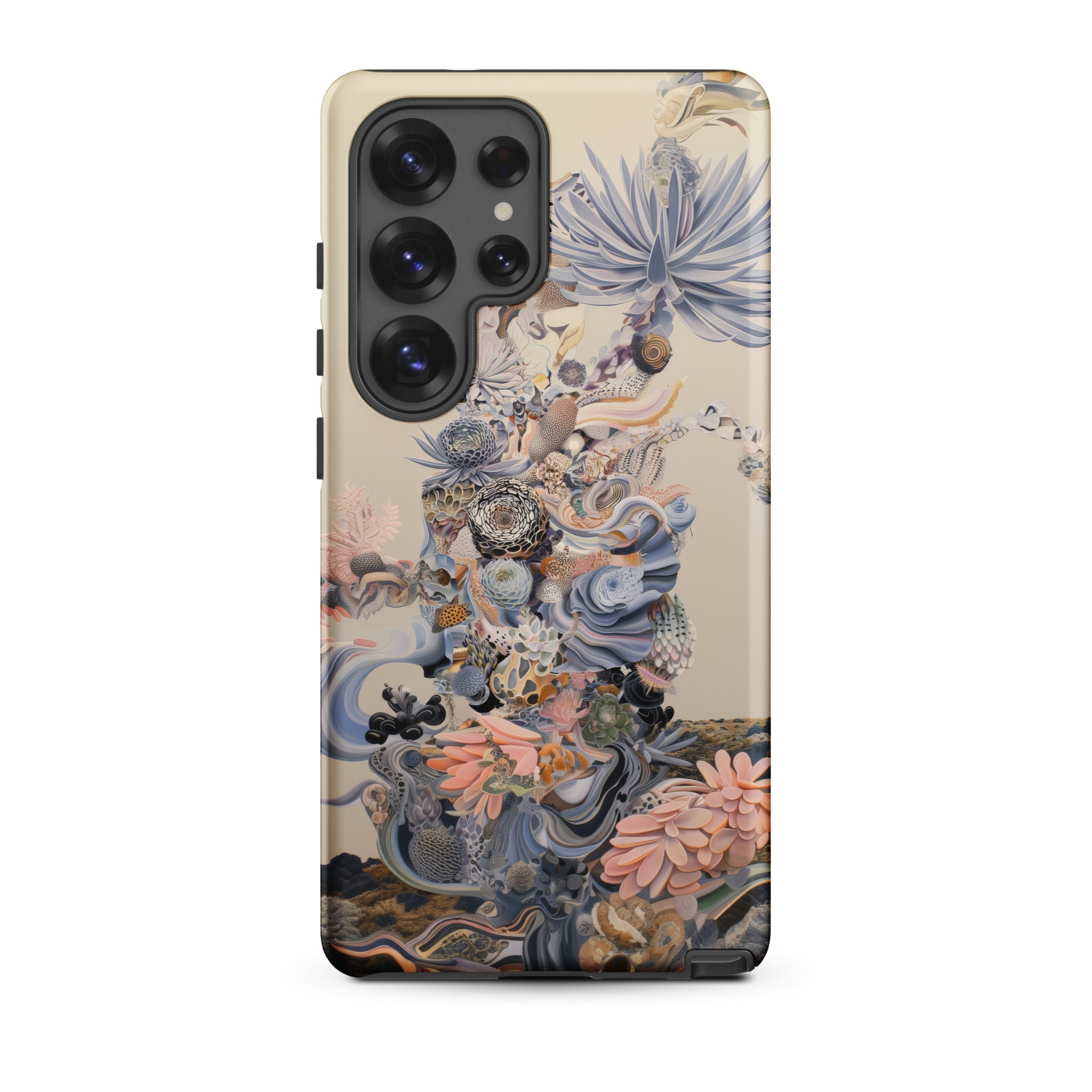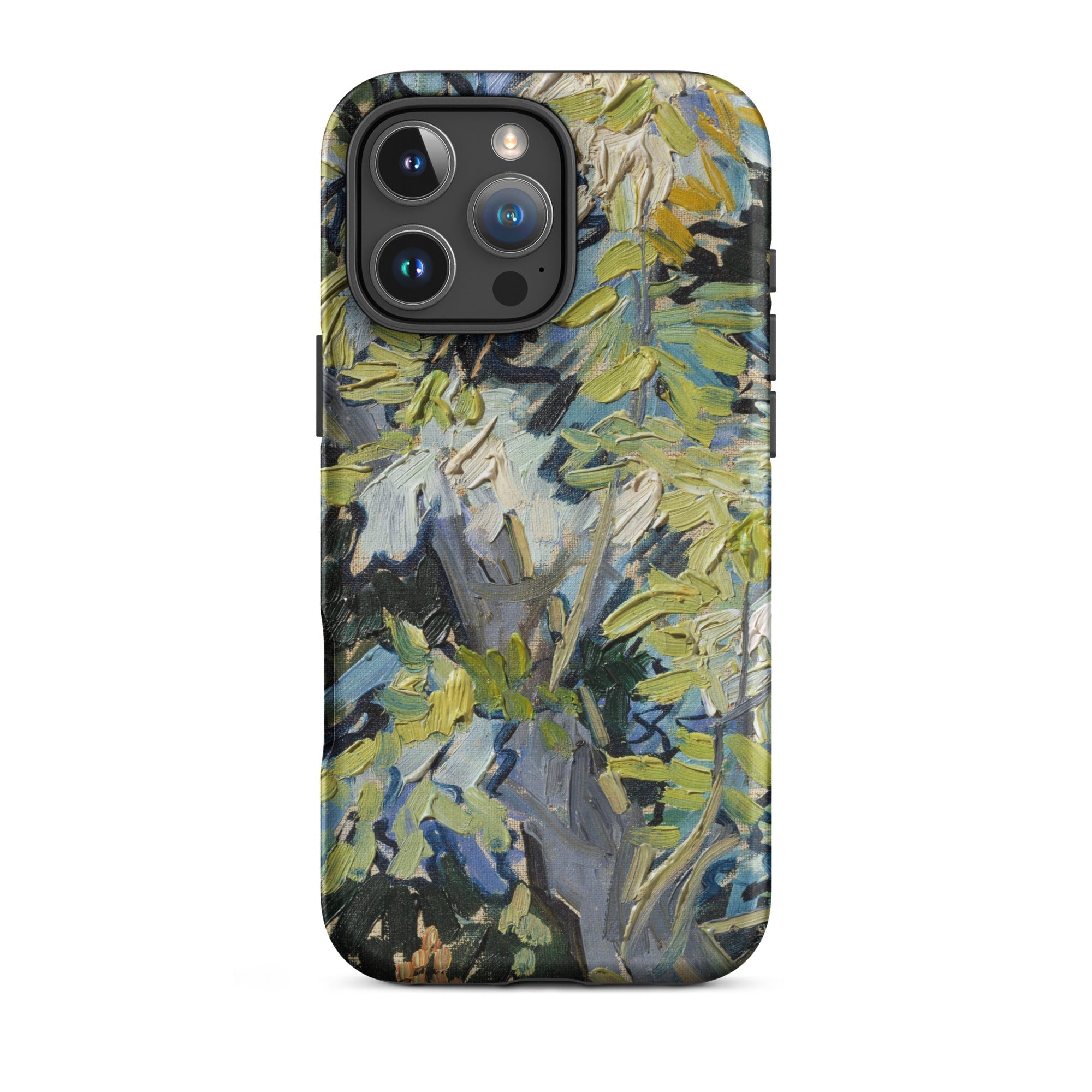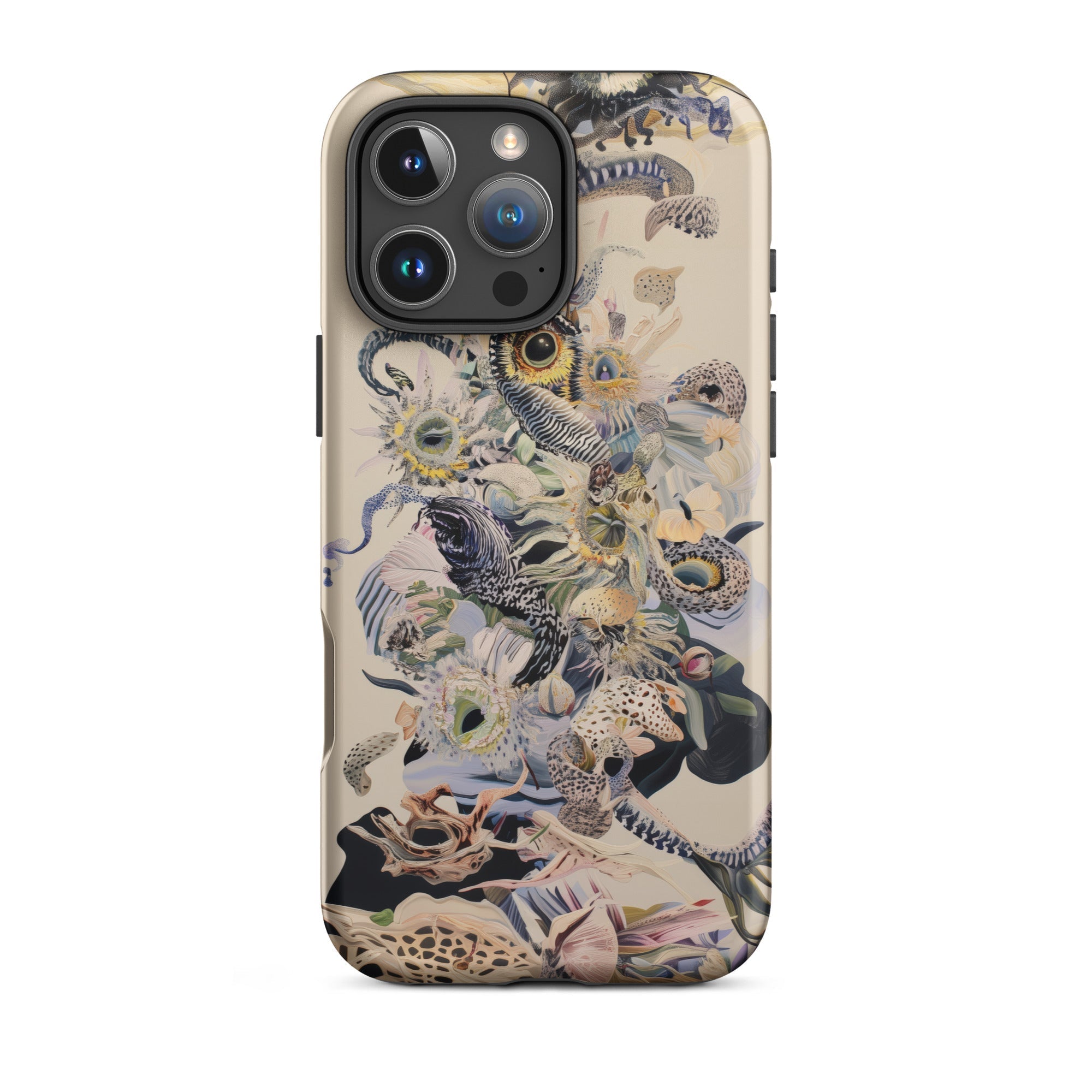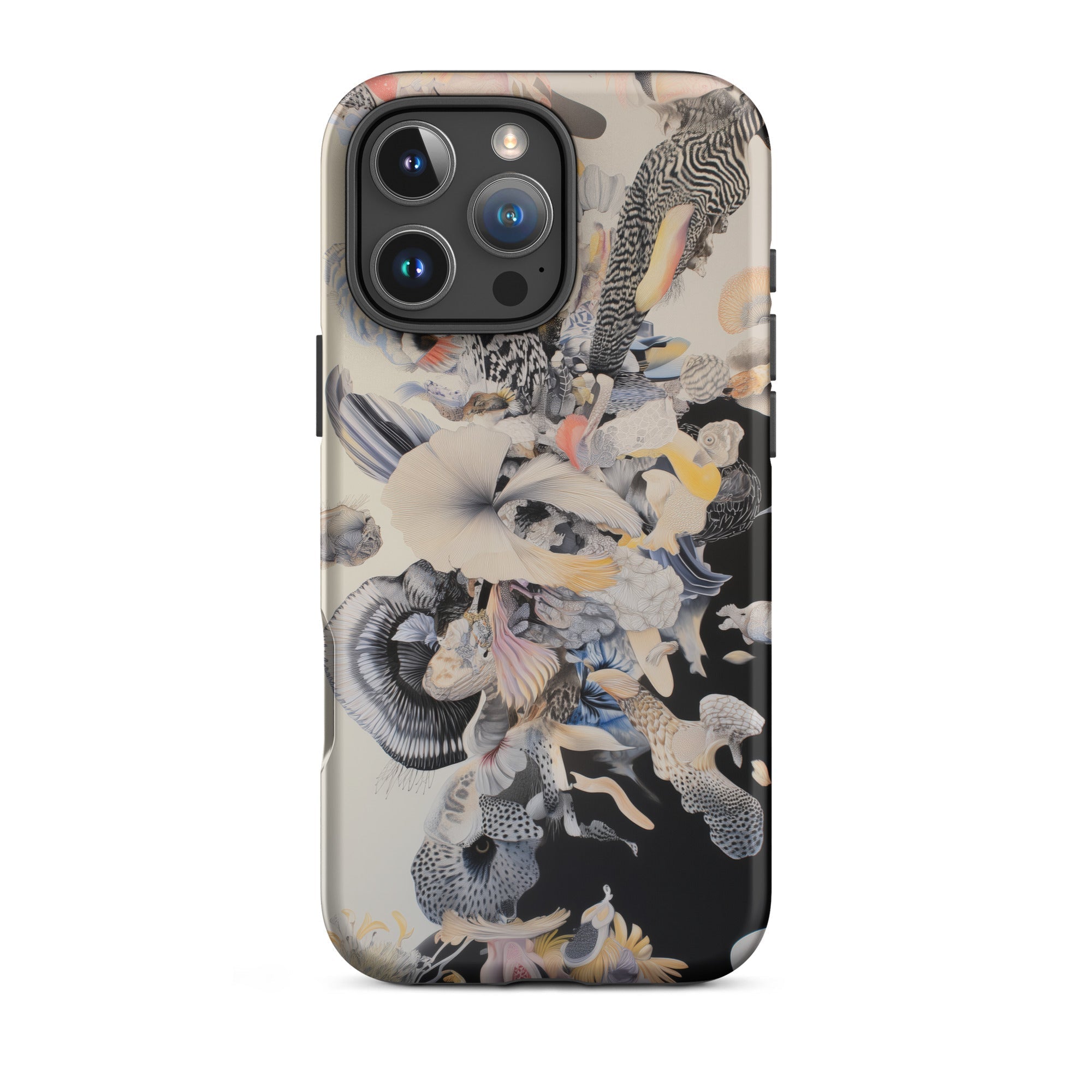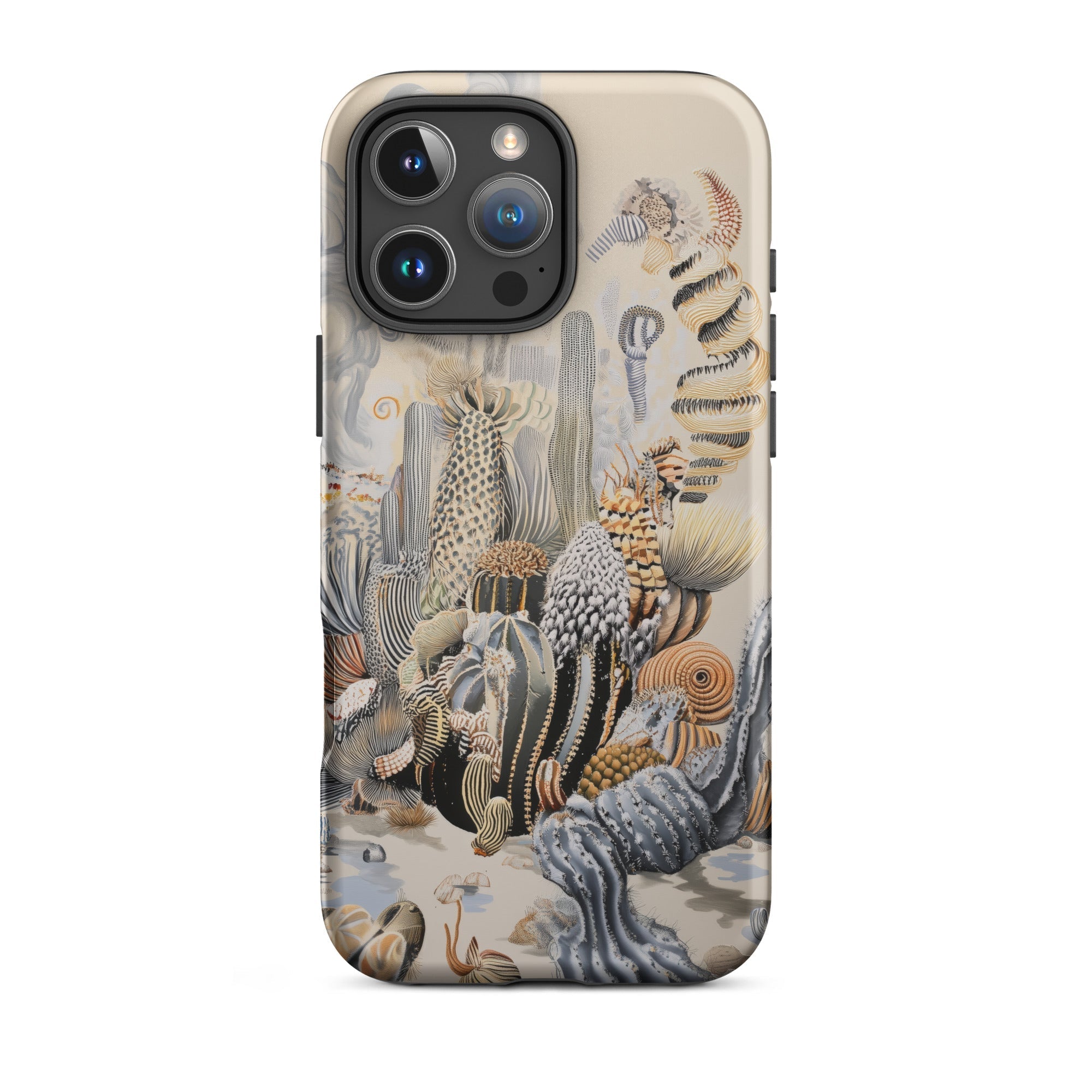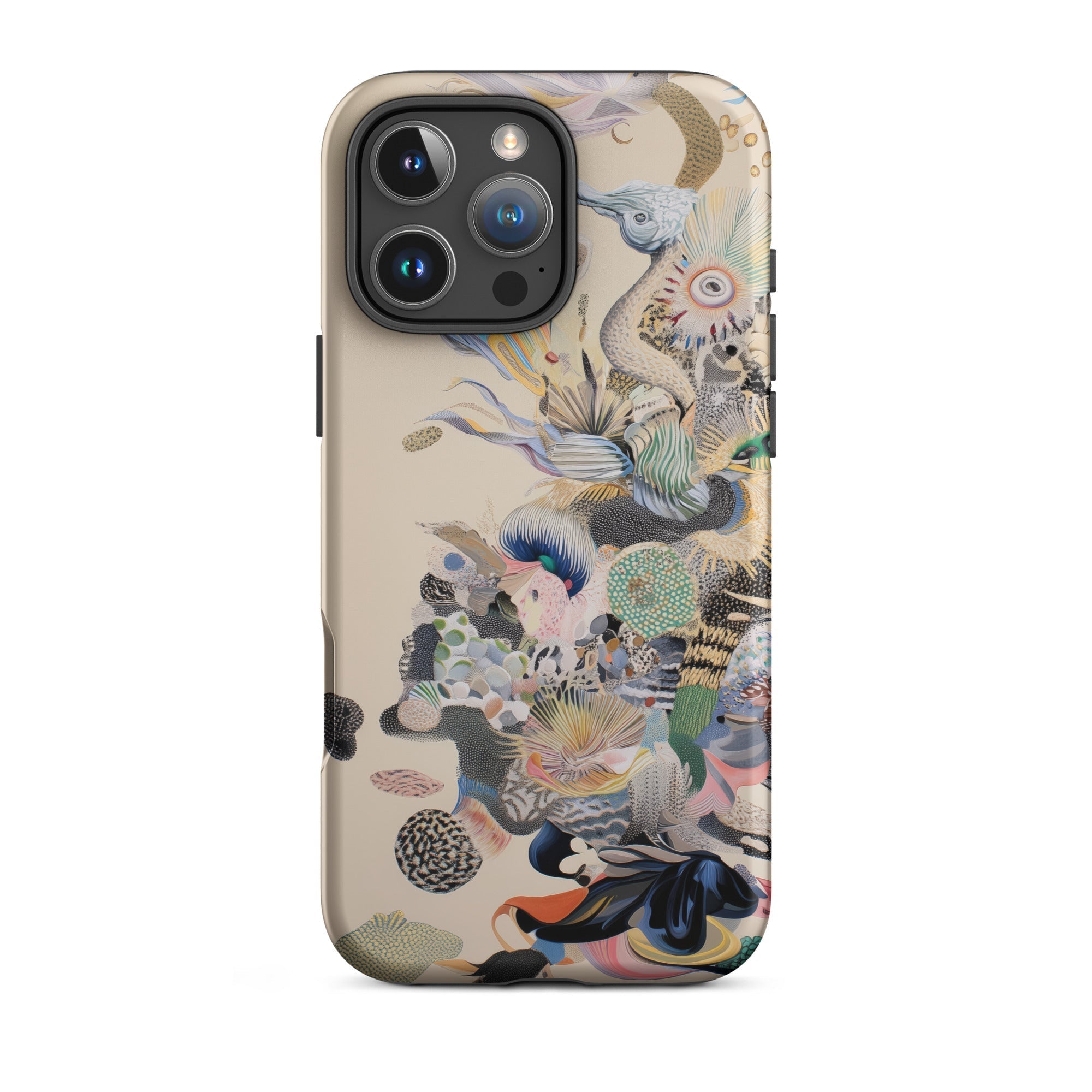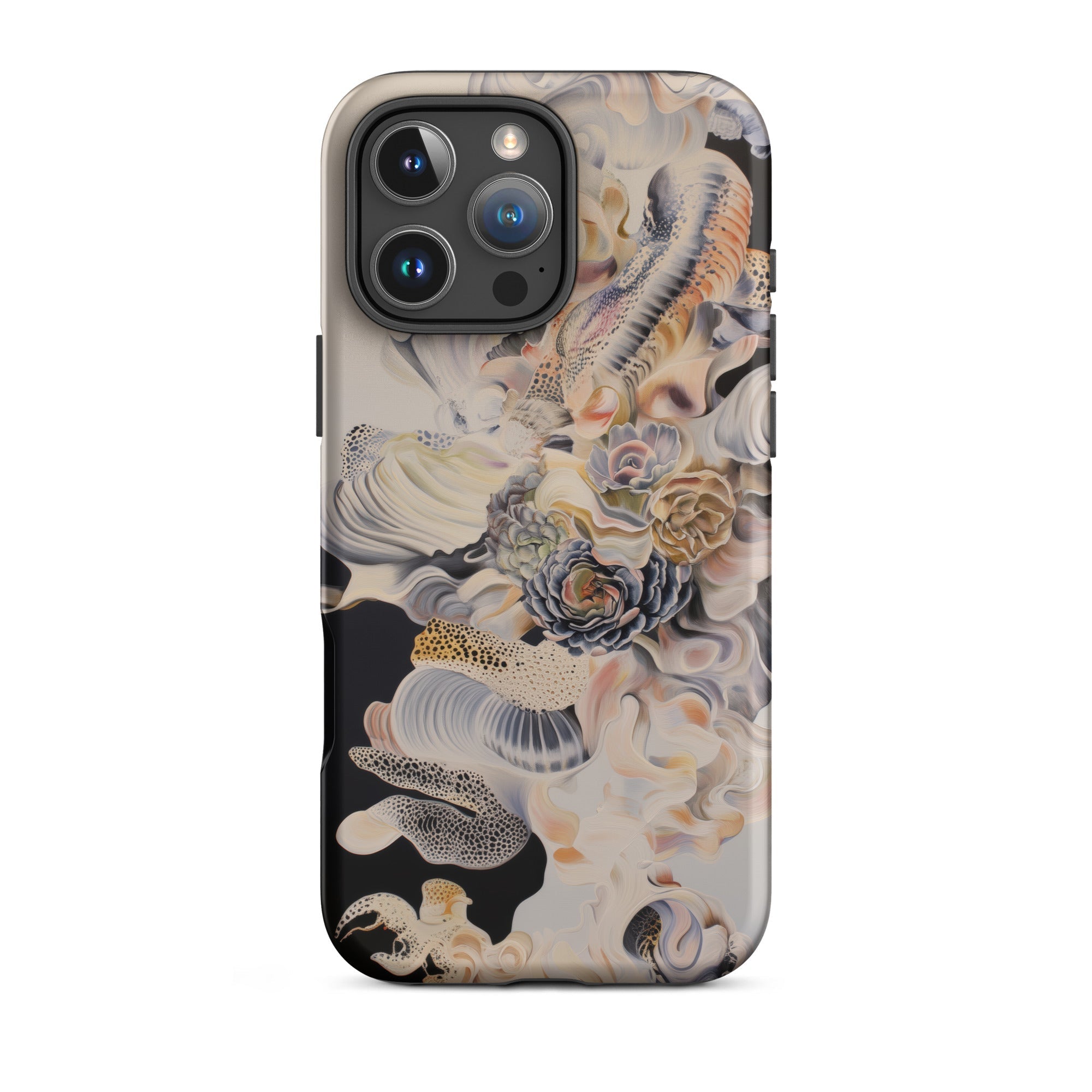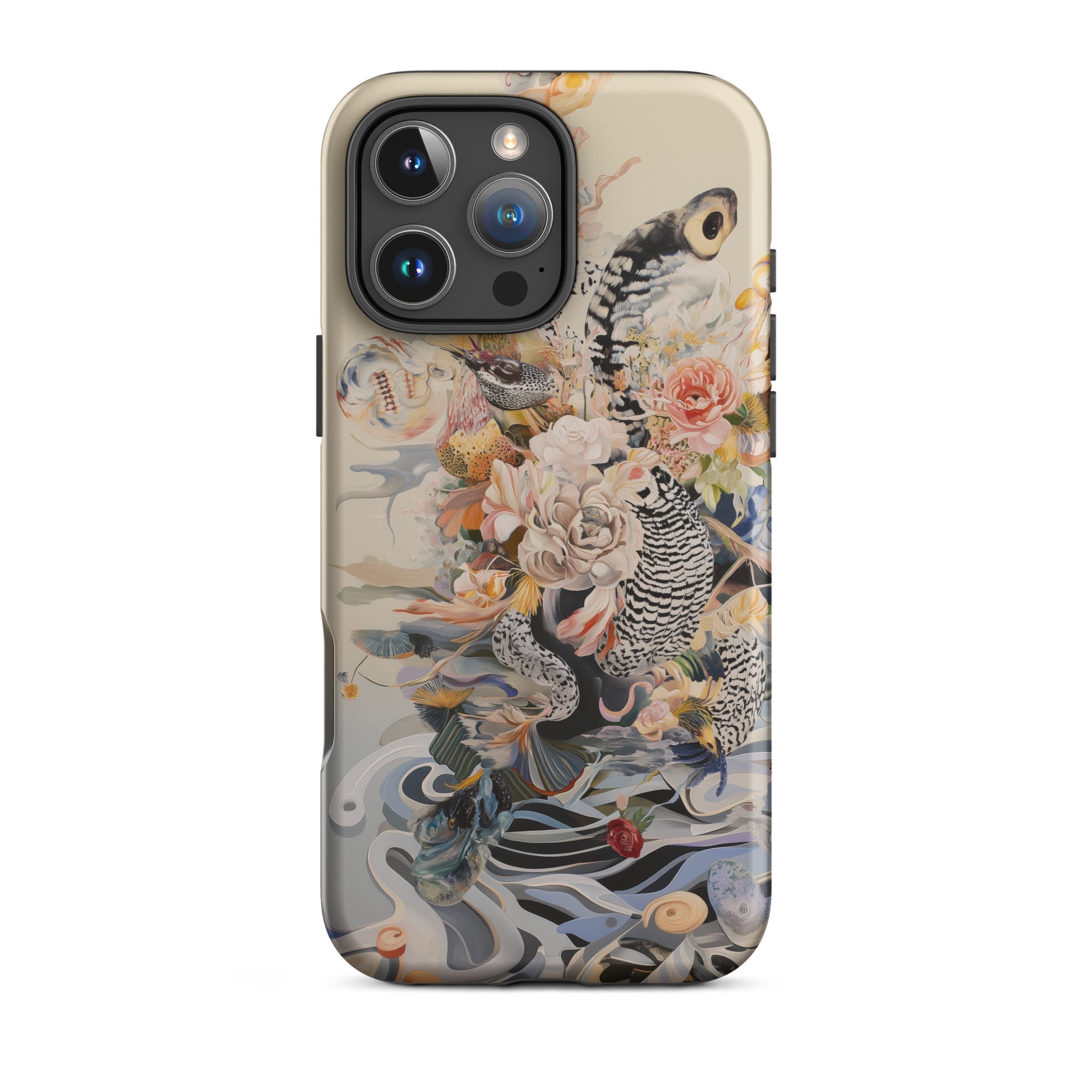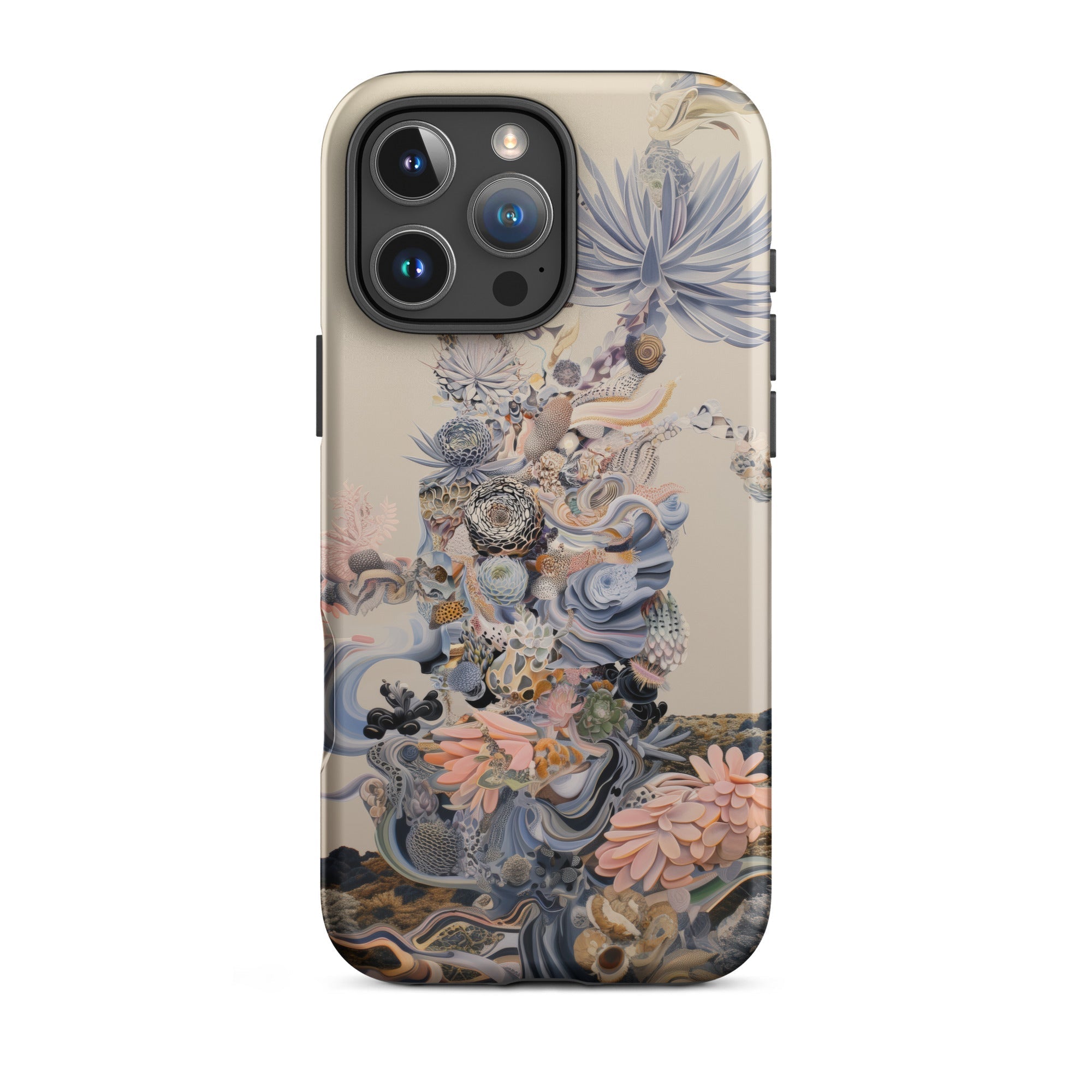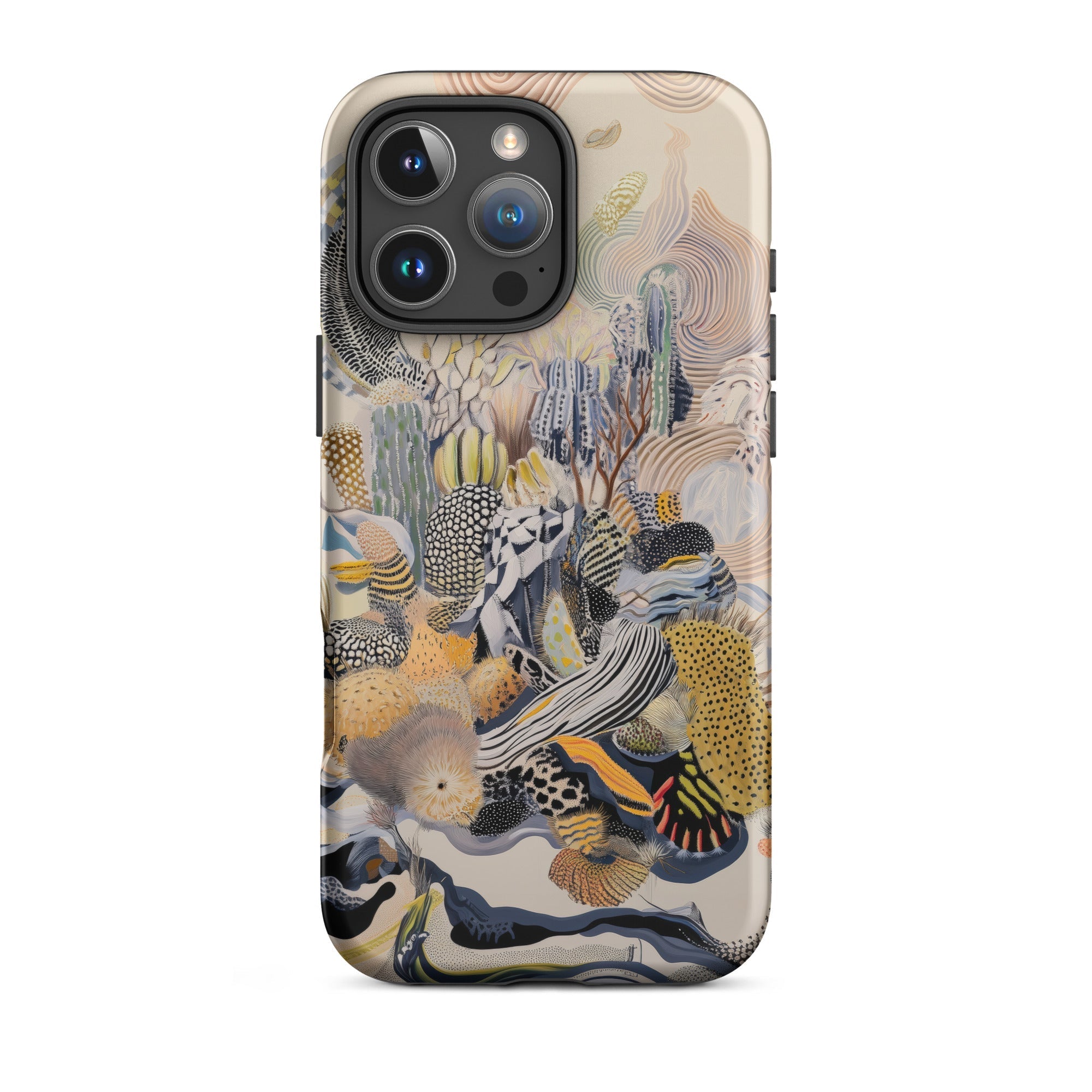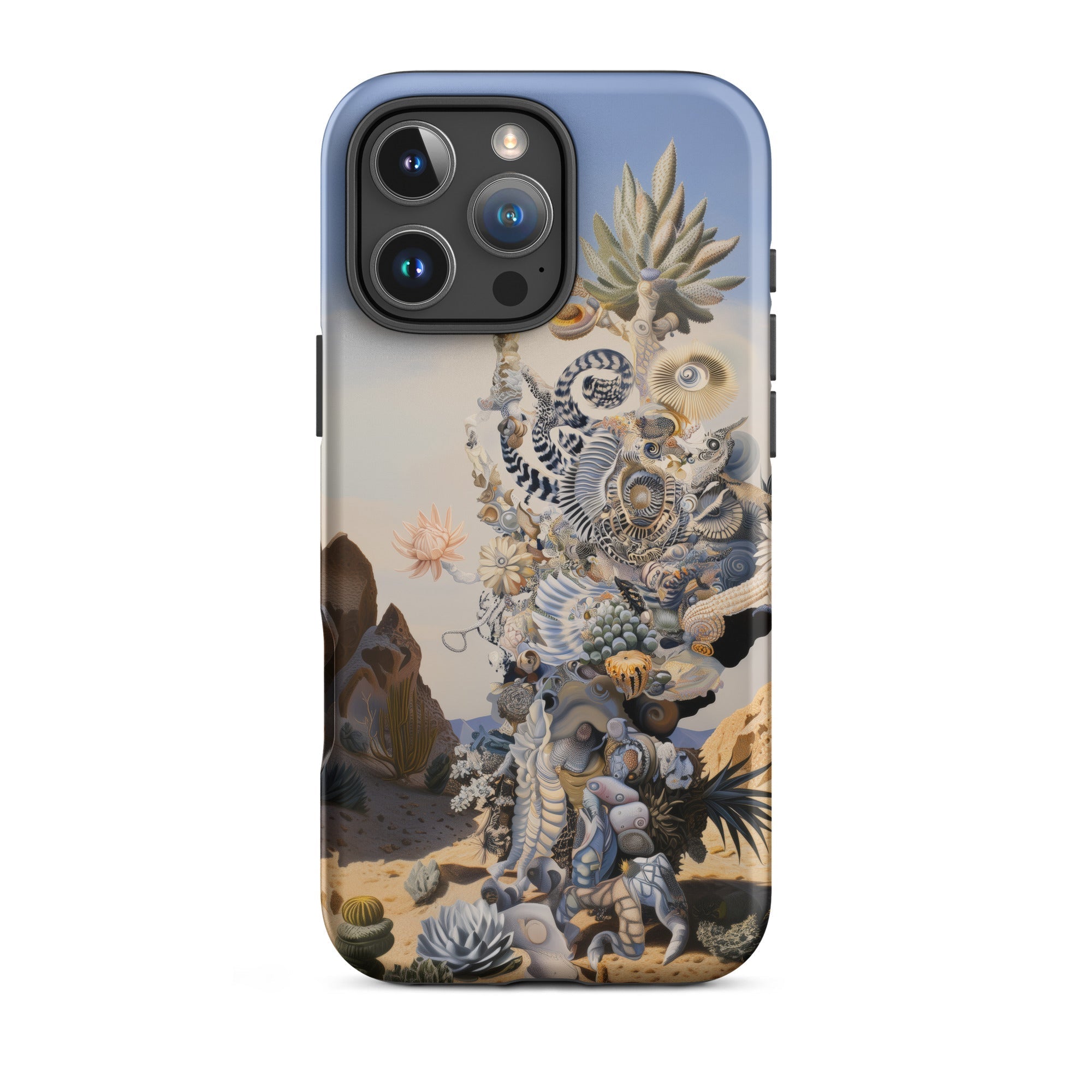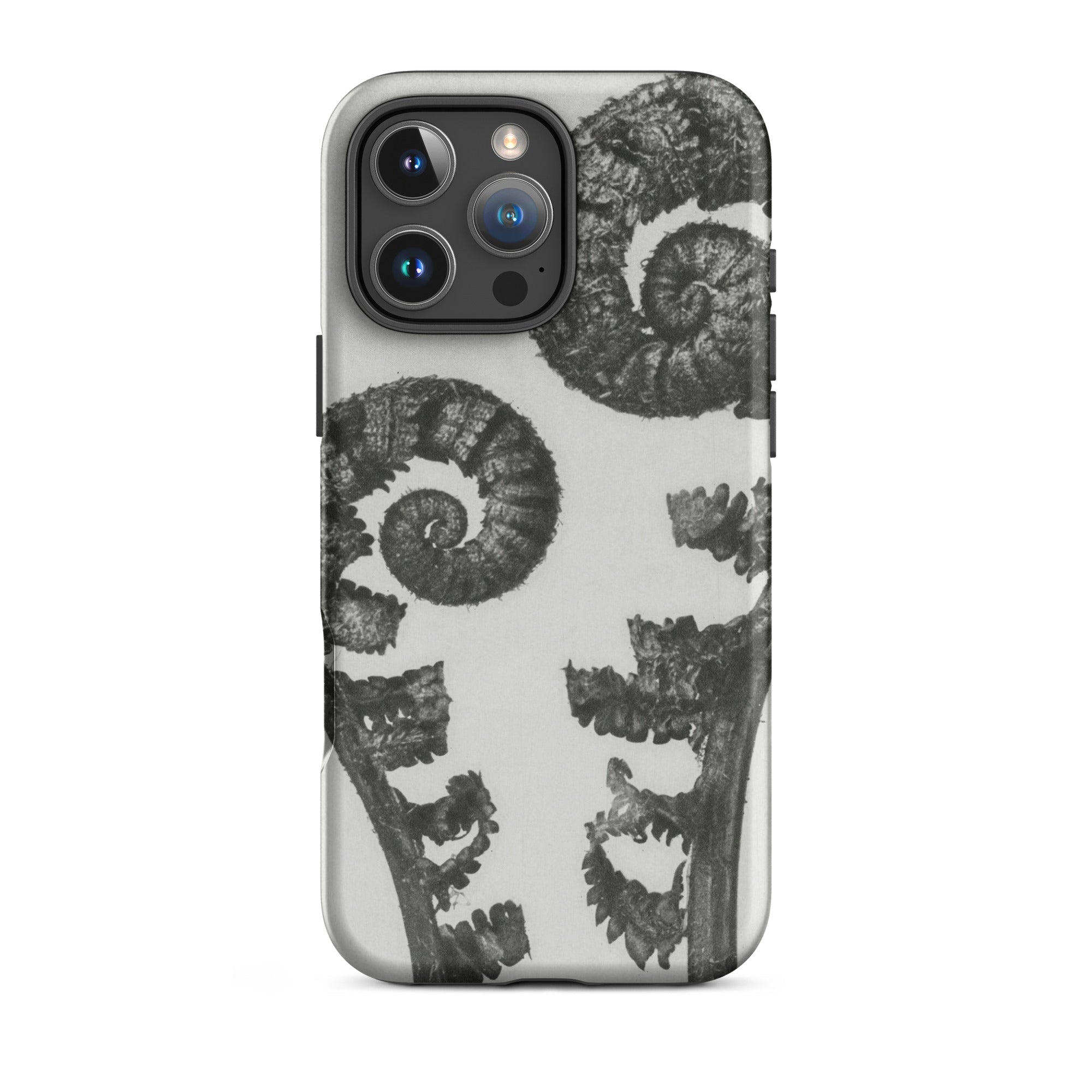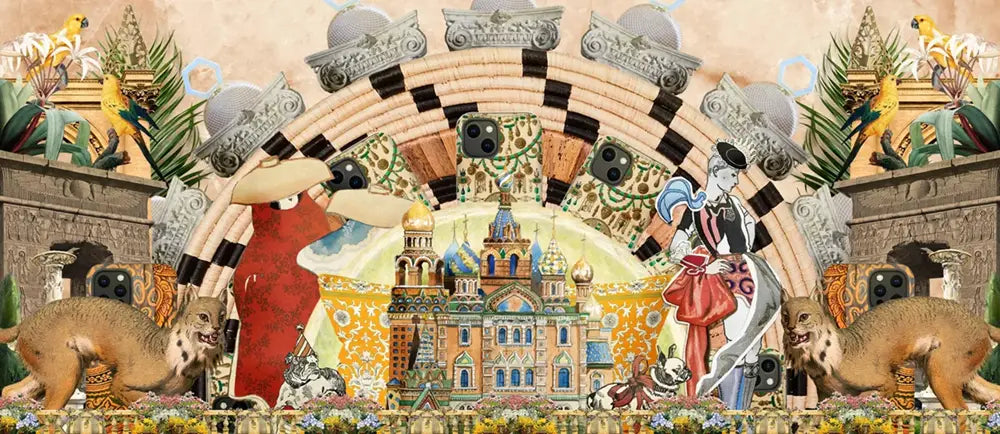Botanical Art Phone Cases
Dive into a pocket-sized Eden with these botanical art iPhone & Samsung cases, where technology blooms in artistic homage to Mother Nature's infinite palette. These aren't mere protective shells; they're vibrant ecosystems thriving on your device, each case a microcosm of botanical splendor that transforms your phone into a handheld greenhouse. From the whisper-soft petals of wildflowers to the bold, tropical fronds that seem to rustle with every text, this collection is a fusion of botanical precision and artistic liberation. Imagine cradling a snippet of Thai jungle or a fragment of Van Gogh's Olive Trees in your palm. They're not just accessories; they're portals to verdant realms, offering a tactile escape from the digital deluge.
Crafted with the meticulous eye of a botanical illustrator and the innovative spirit of a tech guru, these cases marry form and function in a symphony of natural elegance. Every detail, from the precision-cut camera holes to the snug fit that hugs your phone's curves, is designed to enhance, not hinder, your device's performance. As you swipe and tap, you're not just navigating apps; you're caressing the soft underbelly of a leaf, tracing the delicate veins of a petal, or brushing against the rough bark of an ancient tree.
These botanical phone cases are more than protection; they're a statement of eco-chic defiance against the sterile world of tech, a daily reminder of the lush, living world beyond our screens. Whether you're drawn to the minimalist grace of a single stem or the riotous celebration of a full garden in bloom, there's a case here that speaks to your inner naturalist, waiting to turn your iPhone or Samsung into a conversation piece, a work of art, and a slice of botanical paradise.


